Sony FE 20-70mm F4 G Review
Dustin Abbott
August 27th, 2023
I was in a press briefing regarding this lens when the Sony rep said something that resonated with me. He noted with today’s high resolution bodies (I currently do my Sony reviews on the 61MP a7RV body) that getting length is relatively easy – just crop. But going wider is a different story. So Sony is going wider with their most recent standard zoom. Whereas the typical zoom range is 24-70mm, Sony is going that extra bit wider with the FE 20-70mm F4 G lens, which is just enough to make this a very unique lens – a hybrid wide angle/standard zoom. The difference between 20 and 24mm is significant for landscape work. Look at how much more of the building is visible in this comparison:
That can make an even more dramatic difference indoors, allowing you to include a lot more in the frame.
Perhaps most importantly for many photographers, the new 20-70G (as we’ll call it for brevity in this review) goes wide enough that it can serve as the wide angle lens for many photographers, meaning that they need to spend the money on one less lens. Pairing the 20-70mm F4 with the amazing new 70-200mm F4 Macro G OSS II (my review here) would make for a lightweight, killer combo of lenses with near perfect image quality over what amounts to a 10x zoom ratio. That’s pretty tempting. The new 20-70G also makes for a unique travel lens, capable of giving you really wide results:
…but also the ability to zoom in and capture more details, like this:
That zoom ability makes it a reasonable portrait lens (though F4 isn’t exactly a dramatic maximum aperture), delivering crisp results with nice color and decent background blur.
There’s a lot here to attract photographers, particularly since the price point isn’t ridiculous (about $1100 USD). Are there any hidden fatal flaws here that should keep you from choosing this lens? You can judge for yourself by either watching my video review below or reading on to get the full picture.
Follow Me @ YouTube | Patreon | Instagram | Facebook | DA Merchandise | Flickr | 500px
Thanks to Sony USA for sending me a review loaner of this lens. As always, this is a completely independent review. *The tests and most of the photos that I share as a part of my review cycle have been done with the Sony a7RV along with the Sony Alpha 1 that serve as my benchmark cameras for Sony lenses.
Sony 20-70G Build and Handling
Sony has managed to increase the zoom ratio here without dramatically increasing the size of the lens. While there is no direct analog for this lens, the much older 24-70mm F4 Zeiss lens is slightly smaller and lighter, but dramatically so. The F4 aperture of the 20-70G ensures that it is significantly smaller and lighter than the 24-70mm F2.8 GM II or competing 24-70mm F2.8 lenses. Tamron’s 20-40mm F2.8 VXD lens is as wide, but obviously lacks a lot of the standard zoom range. Here’s a look at how a few options compare:
The Sony 20-70G is relatively compact and is roughly the same size as my Sony FE 50mm F1.4 GM – the closest size comparison I had.
The diameter of the lens is about 78.7mm (3.1″) and is 99mm (3.9″) in length. The weight is 488g or 17.2oz. The front filter thread is 72mm.
This is not an internally zooming lens as the inner barrel extends about 4cm when zoomed to 70mm.
The zoom action is smooth and well damped and the lens doesn’t seem to show any tendency towards zoom creep. This is good, as there isn’t a zoom lock on the lens.
Sony’s lenses have become increasingly feature rich in recent years, and that’s true here as well. That begins with a wide range of options for aperture control. This includes an aperture ring that can be used “clicked” with one-third-stop detents throughout the range from F4 to F22 or can be switched into auto for in-camera control. The aperture ring is thin but not difficult to find. The detents are on the firm side when in the clicked mode; you definitely feel each one of them.
There is also an option to declick the aperture on the right side of the lens. This allows the aperture ring to smoothly move through the aperture options and also allows for smooth aperture racks in video (though there is a bit of lag between ring input and the movement of the blades).
This particular switch is a little difficult to access as it is located on the bevel towards the lens mount. There isn’t a lot of room between the switch and the grip when the lens is mounted on the camera, and its position makes the ergonomics of reaching it difficult. Fortunately this is not a switch that most people will be reaching for often, so I don’t think it is a deal breaker.
On the opposite side there is an Iris Lock switch that will either lock you into the manual ring (if you don’t want to inadvertently move into automatic) or lock you into automatic if you aren’t an aperture ring person.
There are 9 aperture blades that help keep the aperture shape circular when stopped down.
On the left side of the lens there is an AF/MF switch along with a focus hold button (which can be programmed to a variety of functions from within the camera). There is a secondary focus hold button on the top of the lens which will be accessible when shooting in portrait orientation.
The minimum focus distances is 25cm (9.8″) and gives a very high 0.39x magnification.
The plane of focus isn’t perfectly flat, but there is good detail in the focus area. This will allow you to get very close and get some macro(ish) shots, like this shot of one of my honeybees:
That’s also very handy for video, as autofocus will continue right up until you are essentially on top of your subject.
This is thoroughly weather sealed lens, with roughly 14 seal points along with fluorine coatings on the front element.
That was particularly useful for me when shooting in the Mayan Riviera in Mexico, as the high heat and humidity means that everything immediately fogs up when coming out of an air conditioned environment. Weather sealing helps assure that there won’t be moisture inside that could produce mold or fungus over time.
The lens hood is petal-shaped and not particularly deep. There is no lock, but it bayonets on tightly and didn’t move.
Other than the ergonomic issues accessing a few of the minor switches, the lens handles very nicely and is a nice, compact fit on Sony’s full frame cameras.
Sony 20-70mm F4 Autofocus Performance
Sony has employed dual XD (extreme dynamic) Linear Motors to assure that autofocus is fast, quiet, and accurate. This is something that Sony has really perfected, as they use the appropriate number of XD motors and assure that autofocus is pretty much flawless.
This allowed me to nail focus in quick, reactionary situations, like this pelican coming in to knock a gull of its perch. My shutter speed was low for this kind of action (unexpected), but the focus was flawless and I actually like the dynamic result from the panning movement and shutter dragging here.
Getting eye focus on traditional subjects was easy, obviously. Here’s a shot of me and my new daughter-in-law:
Portrait and wedding photography will be a breeze with this lens and a decent camera body. Here’s the venue my son chose to be married at (you might recognize this location as one where the X-Men movies were filmed):
I came across a boa while out with the lens in Mexico, and, as you can see, focus was nailed on the eye:
The newest Sony cameras like the a7RV have insect detection mode, and that works nicely for nailing focus on one of my honeybees.
On the video front, video pulls are quick, quiet, and confident as you might expect with a first party Sony lens equipped with dual focus motors. There is a tiny amount of focus breathing. When I tested it on the a7RV and turned on the “Focus Breathing Compensation” setting there is a mild improvement and at very little crop because of the low amount of breathing to begin with. The lens also performed well (as expected) in my “hand test”, quickly transitioning back to tracking my eye after I blocked visibility of my eyes with my hand towards the lens.
My general focus results were excellent. I had zero issues either during stills or video focus:
Bottom line is that the autofocus is excellent.
Sony SEL2470G II Image Quality
At this stage I have come to expect that Sony’s new lens releases are typically going to be pretty fantastic optically, and that is definitely the case here. The MTF results show extremely sharp results at 20mm and with slightly poorer results at 70mm, though when stopped down the image quality is pretty much perfect at any point.
Image quality is pretty much pristine:
Longitudinal chromatic aberrations (LoCA) typically show up as purple/magenta fringing before the plane of focus and blue/green fringing beyond the plane of focus due to colors not being perfectly focused together. They typically diminish as the lens is stopped down to smaller apertures. I didn’t see any real world LoCA, though that wasn’t unexpected in a lens with a wider focal range and smaller maximum aperture. A lens like this would be more likely to suffer with Lateral chromatic aberrations (LaCA) that show up as fringing on either side of contrast areas (like tree trunks, for example) along the edges of the frame. Unlike LoCA, they do not improve when stopping the aperture down, but are much easier to correct for (typically a one click “remove chromatic aberrations” box in editing software). We can see once again that there is no evidence of any fringing near the edges of the frame.
So that is great, but there is at least one ugly monster hiding behind the lens corrections…distortion. The barrel distortion at 20mm is extremely strong and is also very non-linear.
You can see a fairly pronounced amount of wave (mustache pattern) after a manual correction. I had to use a +50 correct the distortion (one of the higher values I’ve ever entered), though vignette was fairly mild at just a +20 to correct. Fortunately the correction profile does a cleaner job of correcting the distortion, though you can see that there is some mild barrel distortion that remains even after the correction profile.
The correction profile makes the lens usable in most situations, though this probably won’t be a great choice for doing real estate work. For most lines, however, I didn’t notice the distortion until I specifically tested for it.
At 70mm there is a mild amount of pincushion distortion (-8 to correct) that is linear and easy to correct. Vignette remains low at just a +29 to correct.
The correction profile will obviously make sure you never see any distortion at 70mm.
So, the barrel distortion at 20mm is strong, but we’ve otherwise got a good performance.
So how about sharpness? I’ve used the very high resolution (61MP) Sony a7RV for this series of tests, which obviously sets an exacting standard for sharpness and contrast. Here’s a look at the test chart:
And here are the 20mm F4 crops at about 200% magnification, taken from the center, then mid-frame, and then extreme lower right corner:
This is a lens that handles the 61MP resolution point over most of the frame without issue at F4. The far corners are a bit softer, but the performance in the center and mid-frame is extremely good.
At 100% magnification and with real world subjects detail looked good all across the frame at 20mm:
Stopping down to F5.6 helps the corners, though they are sharpest at F8:
F11 is just very slightly less sharp due to diffraction, with increased softening at F16 and then at F22. You can see a pretty radical difference between F4 and F22:
Sharpness improves a bit more at 24mm, with slightly stronger results all across the frame (including the corners).
Here’s a real world shot at 24mm:
The performance at 35mm is nearly identical to that at 24mm, which is to say, excellent. Here’s a shot of the sargassum that the ocean constantly delivers to Cancun in August:
50mm is again virtually identical, with extreme sharpness in the center and mid-frame and a dip in the corners. Here’s a 50mm shot:
Contrary to the MTF charts, the copy I tested actually performed the best at 70mm. I saw the best sharpness across the frame, with a stronger performance in the corners than at any other point. Take a look at the edge performance here:
Real world results look great. This nearly 100% crop from a shot of my wife shows excellent detail even at F4:
This F5.6 landscape shot shows great detail everywhere in the frame:
Bottom line is that image quality is excellent, though the corners sometimes need a mild stop down to be excellent.
Contrast and colors were excellent, with nice saturation levels and good “pop” to the images.
Here’s a shot with a wide range of different colors:
Here’s another that looks pretty fantastic.
Flare resistance is quite good, particularly at wider apertures.
I could see a few more ghosting artifacts if shooting at a smaller aperture like F11, but not bad.
Sunbursts are good but not great. The blades of the sunburst lack definition, but look generally okay.
A lens with a maximum aperture of F4 and maximum focal length of 70mm is not going to strongly blur out backgrounds, but the quality of the bokeh is generally fairly good.
Your best case scenario for creating bokeh will be when you can get close to your subject and have a bit of distance to the background.
A lens like this excels more at having more in focus and delivering great detail throughout. I liked it for travel, though I also took along a compact prime with a larger maximum aperture for when I wanted to get some shots with a shallower depth of field. In general, however, image quality is pretty great!
If you would like to see more images, check out my image gallery here.
Conclusion
That extra 4mm may not seem like much, but for some shooters it will transform this lens from “ho-hum” to “wow!” It makes it far more useful for travel, weddings, and landscape work, as it means you could carry just this one lens rather than a wide angle and a standard zoom zoom. It’s a killer landscape lens:
The strong distortion at 20mm makes me less likely to suggest it for interior/real estate work, but lines were generally good enough for most other applications.
I really enjoyed this lens as a travel lens for capturing both photos and video. It doesn’t have OSS (Optical Steady Shot), but the excellent IBIS in Sony’s recent cameras like the a7RV make this pretty much a moot point. The Sony FE 20-70mm F4 G has a nice build, excellent autofocus, and overall excellent image quality. It’s a great package at a price point of right under $1100 USD, and should be the perfect lens for those less concerned with low light performance or shallow depth of field and who instead want flexibility in their zoom range while retaining very high image quality. By that metric the 20-70G really excels. This is the kind of lens that only comes along when a company has a full catalog of lenses and can afford to get a little more creative in lens design. It’s a great time to be a Sony shooter!
Pros:
- Wider than any standard zoom before it
- Compact size
- Beautifully built and well sealed
- Feature rich
- Extremely fast and accurate autofocus
- Very low focus breathing
- Extremely sharp in the center and midframe throughout the zoom range
- Very low vignette
- Beautiful color
- Mostly good flare resistance
- Low aberrations
Cons:
- Very strong barrel distortion at 20mm
- Declick switch is difficult to access
- Corner performance wide open at some focal lengths not exceptional
Purchase the Sony 20-70mm F4 G & B&H Photo | Adorama | Amazon | Camera Canada | Sony Canada | Amazon Canada | Amazon UK | Amazon Germany
Purchase the Sony 70-200mm F4 Macro G II @ B&H Photo | Adorama | Amazon | Camera Canada | Sony Canada | Amazon Canada | Amazon UK | Amazon Germany
Purchase the Sony a7RV @ B&H Photo | Adorama | Amazon | Camera Canada | Sony Canada | Amazon Canada | Amazon UK | Amazon Germany
Purchase the Sony a7IV @ B&H Photo | Adorama | Amazon | Camera Canada | Sony Canada | Amazon Canada | Amazon UK | Amazon Germany
Purchase the Sony Alpha 1 @ Camera Canada | B&H Photo | Adorama | Amazon | Sony Canada | Amazon Canada | Amazon UK | Amazon Germany | Ebay
Purchase a Sony a9M2 @ B&H Photo | Amazon | Camera Canada | Amazon Canada | Amazon UK | Amazon Germany | Ebay
Want to support this channel? Use these affiliate links to shop at: B&H Photo | Amazon | Adorama | Camera Canada | Amazon Canada | Amazon UK | Ebay | Make a donation via Paypal
Buy DA Merchandise https://bit.ly/TWIMerch
Keywords: Sony, Sony 20-70mm, 20-70mm, F4, G, Sony 20-70 G Review, FE 20-70mmmm F4, Sony FE 20-70mm F4 G, SEL2070G, Full Frame, Review, Sony Alpha 1, Sony a7IV, Sony a7RV, Review, Hands On, Dustin Abbott, Real World, Comparison, Sharpness, Bokeh, Flare Resistance, Autofocus, Image Quality, Sample Images, Video, Travel, Mexico, Cancun, Photography, let the light in, #letthelightin, DA, Weather Sealing
DISCLAIMER: This article and description contains affiliate links, which means that if you click on one of the product links, I’ll receive a small commission. As an Amazon Associate I earn from qualifying purchases.









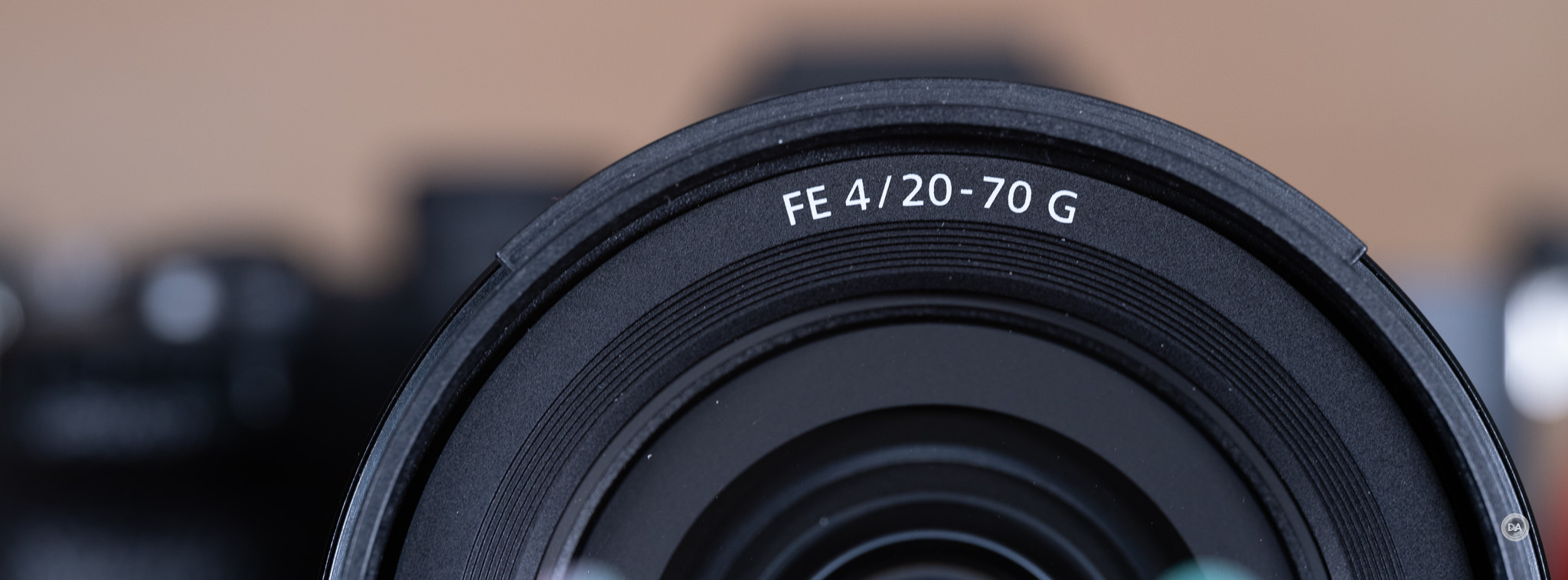


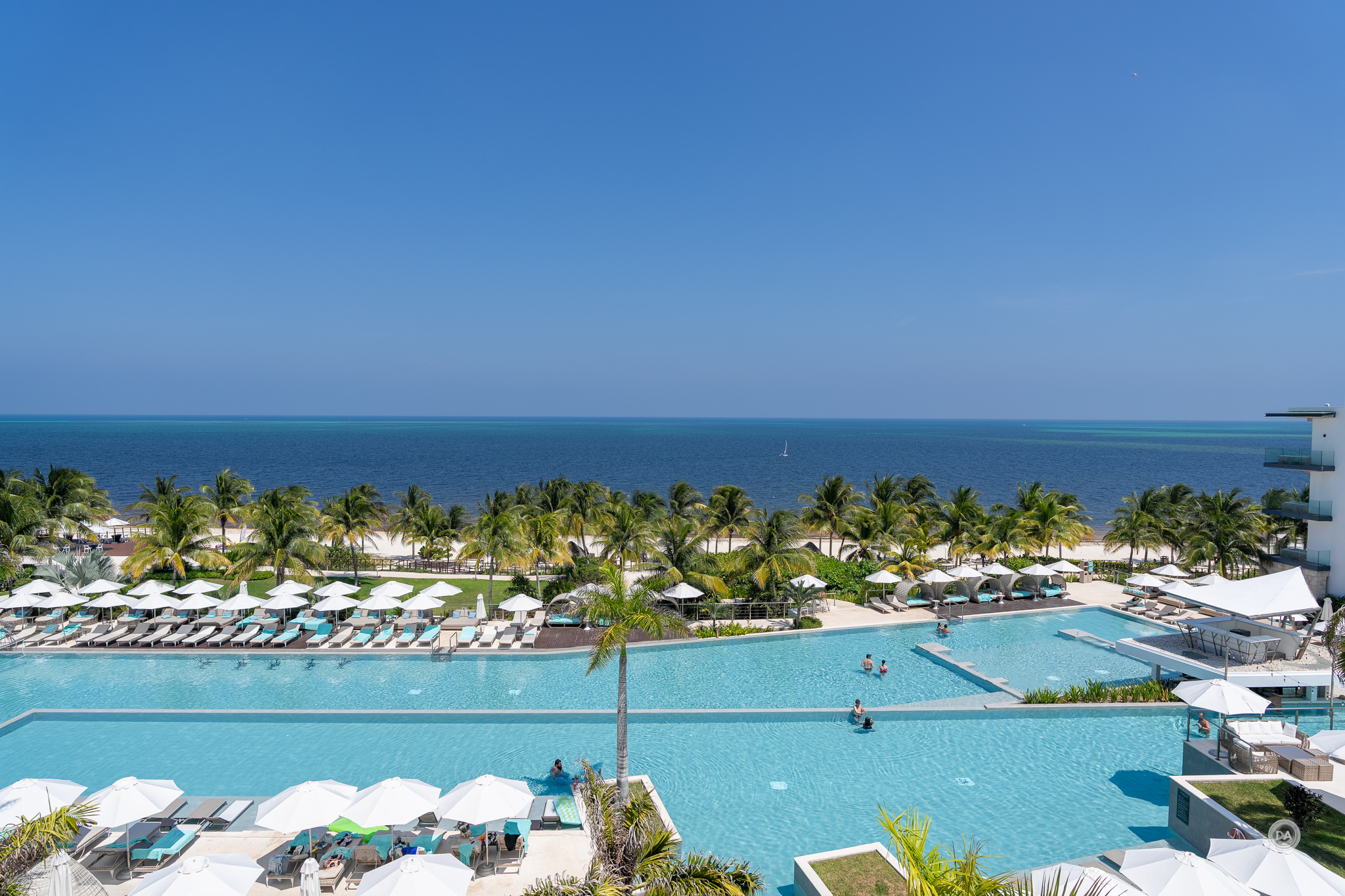
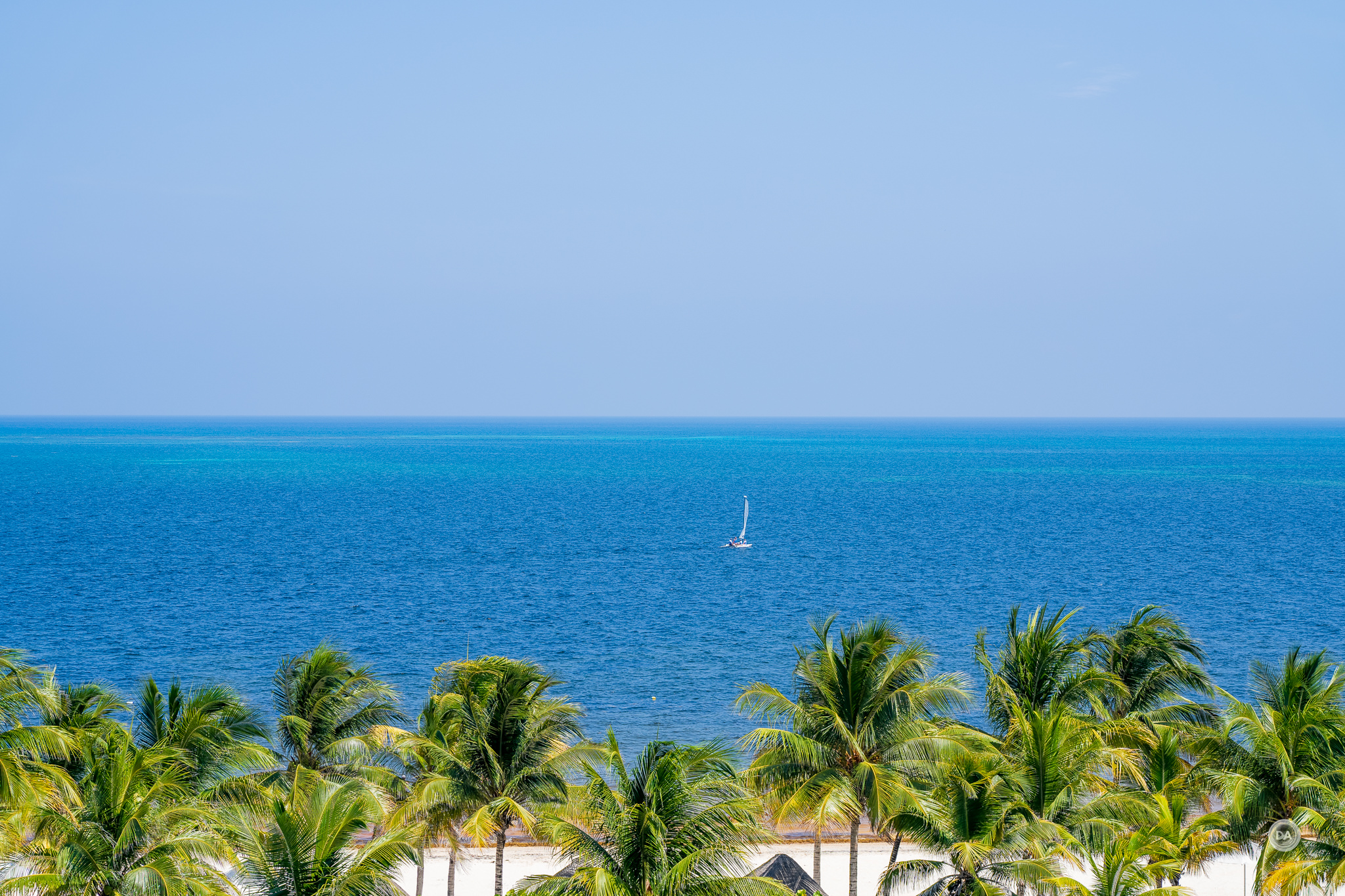

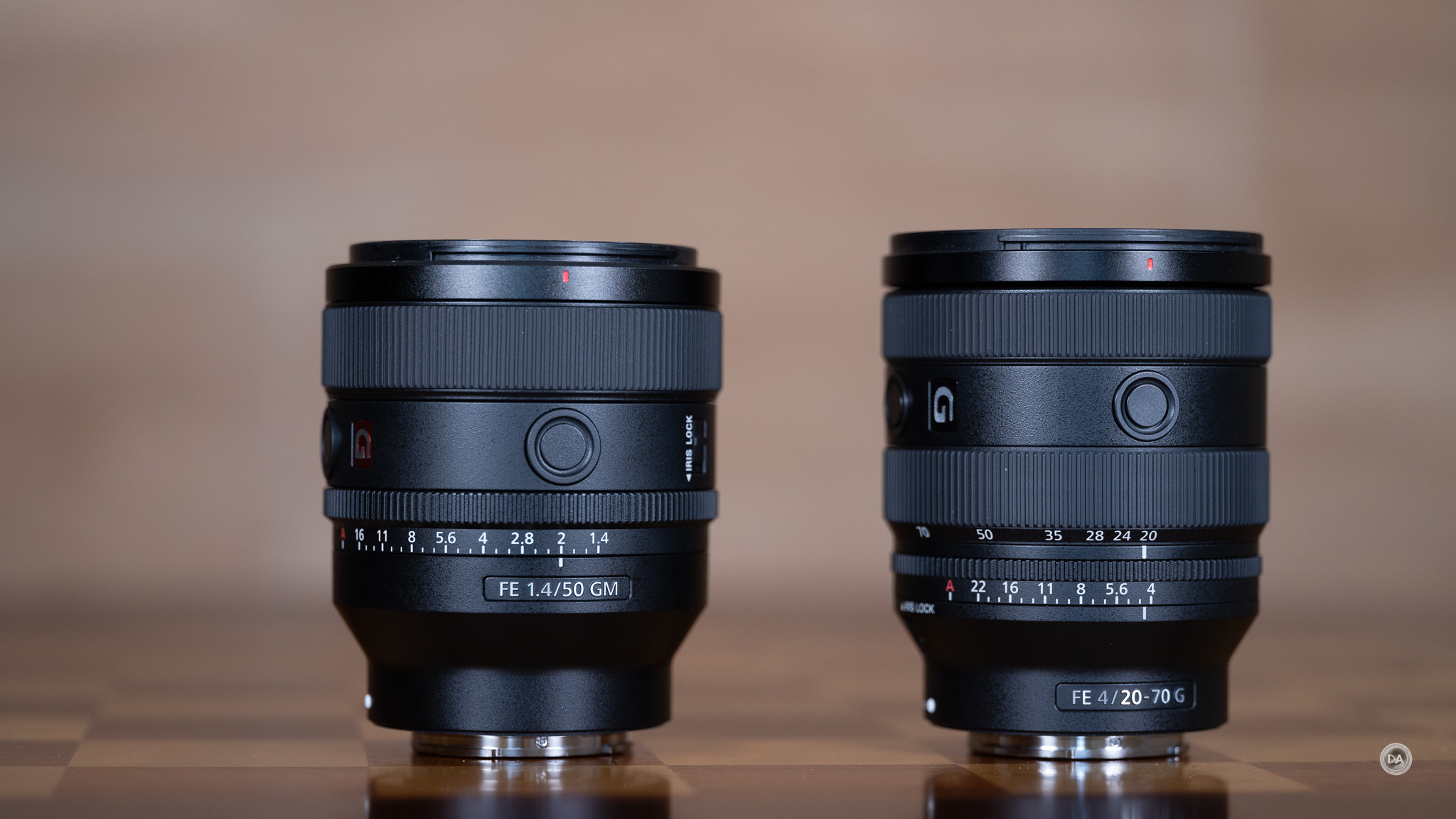
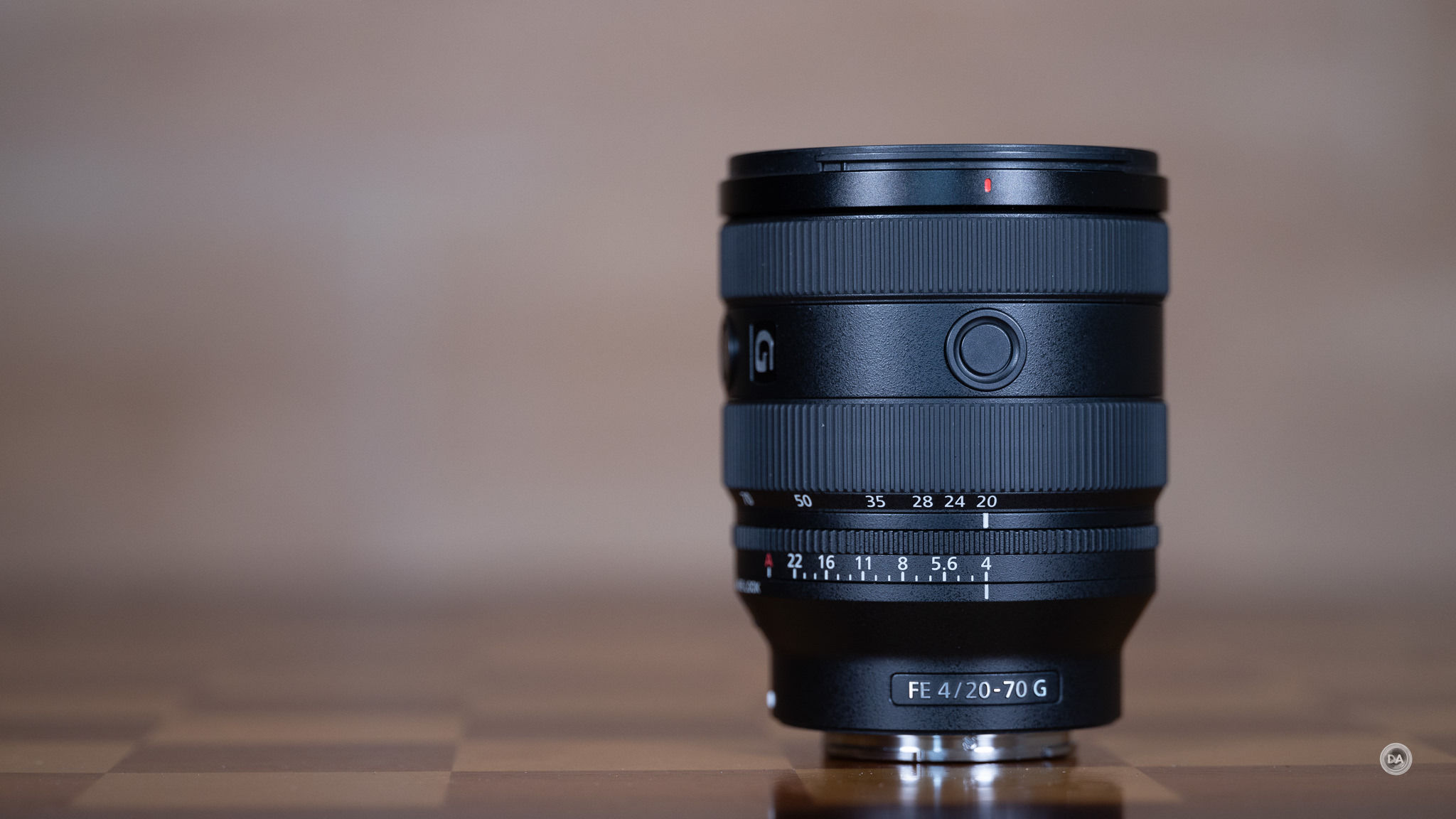
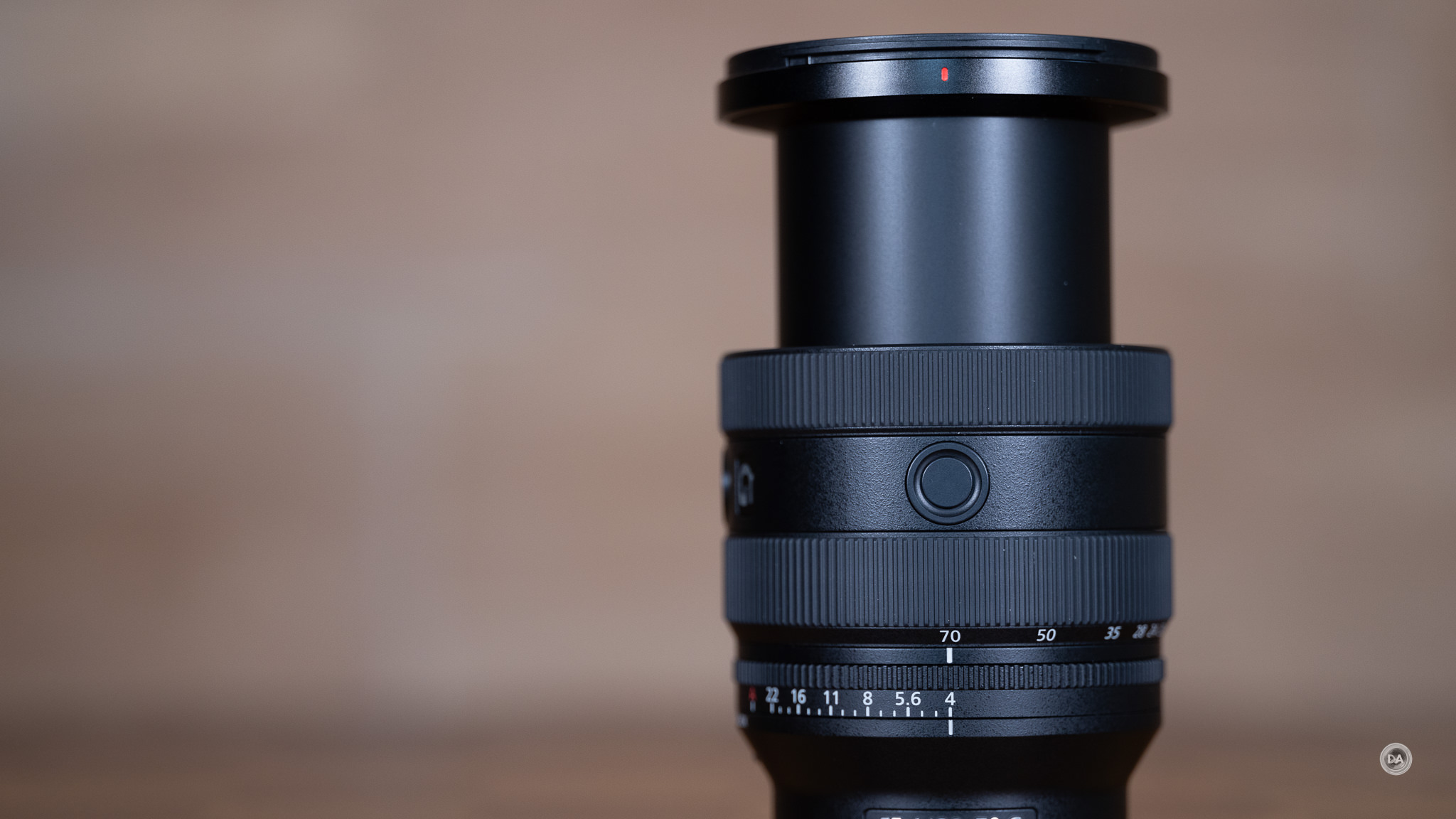
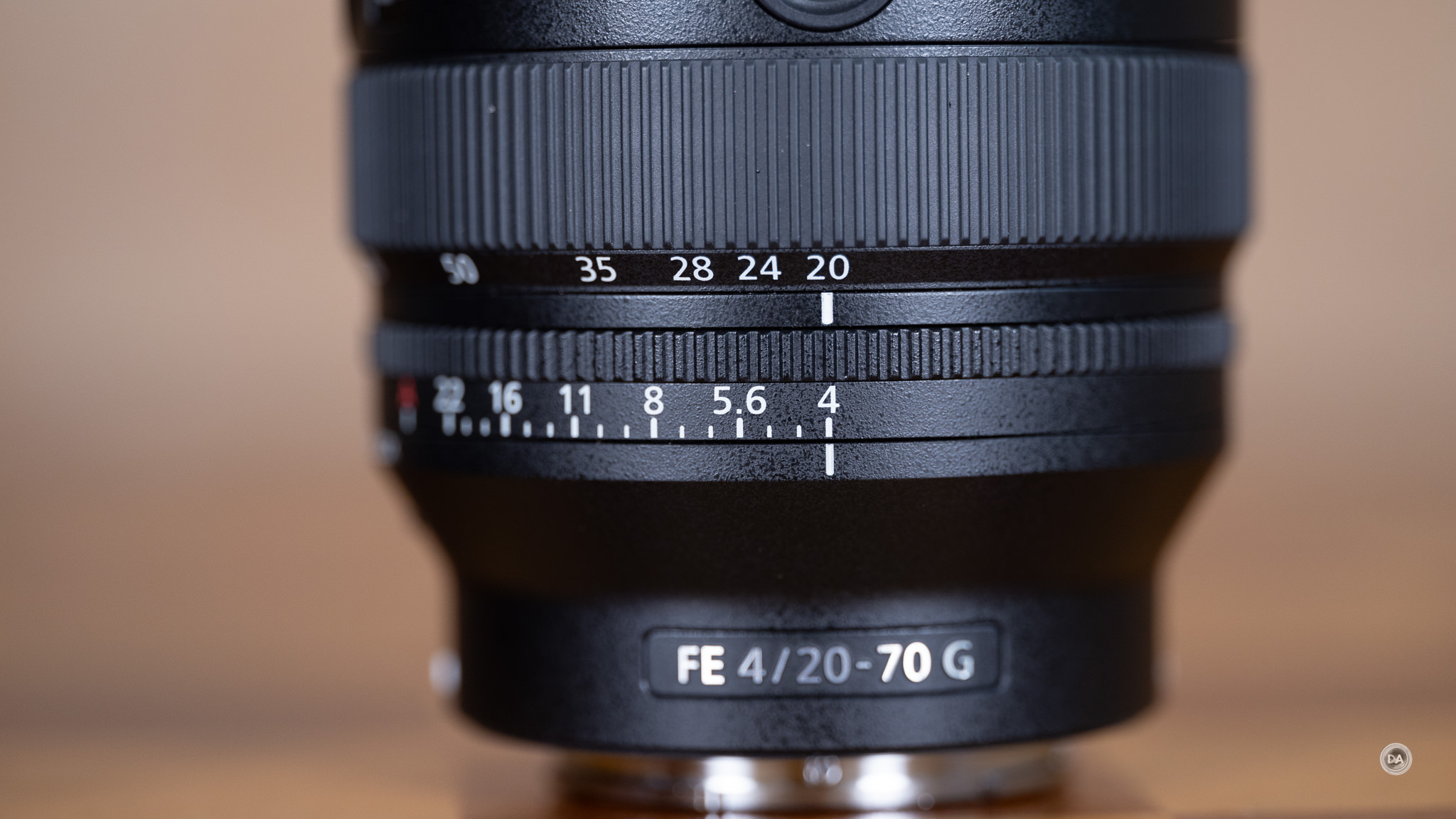
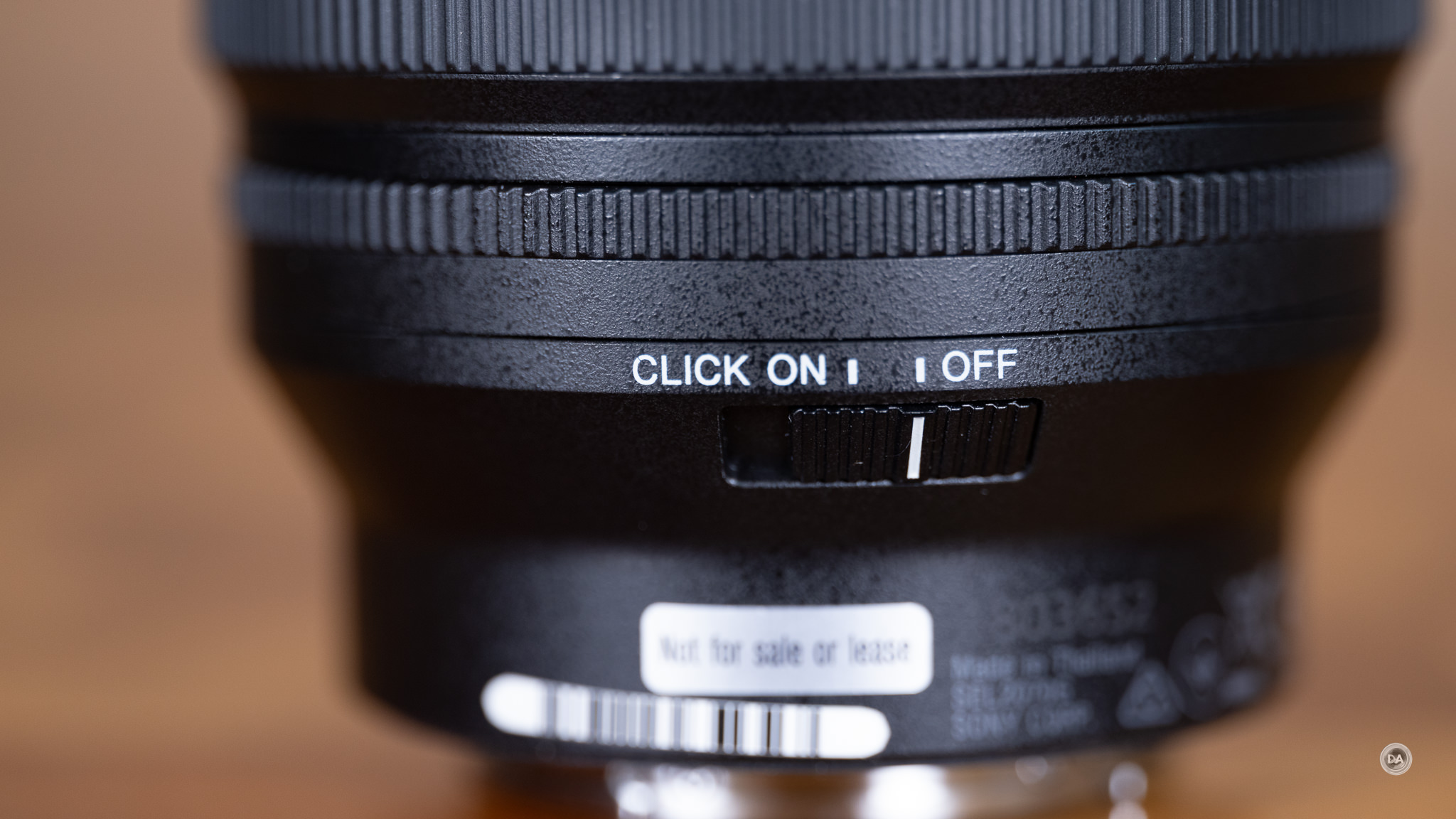
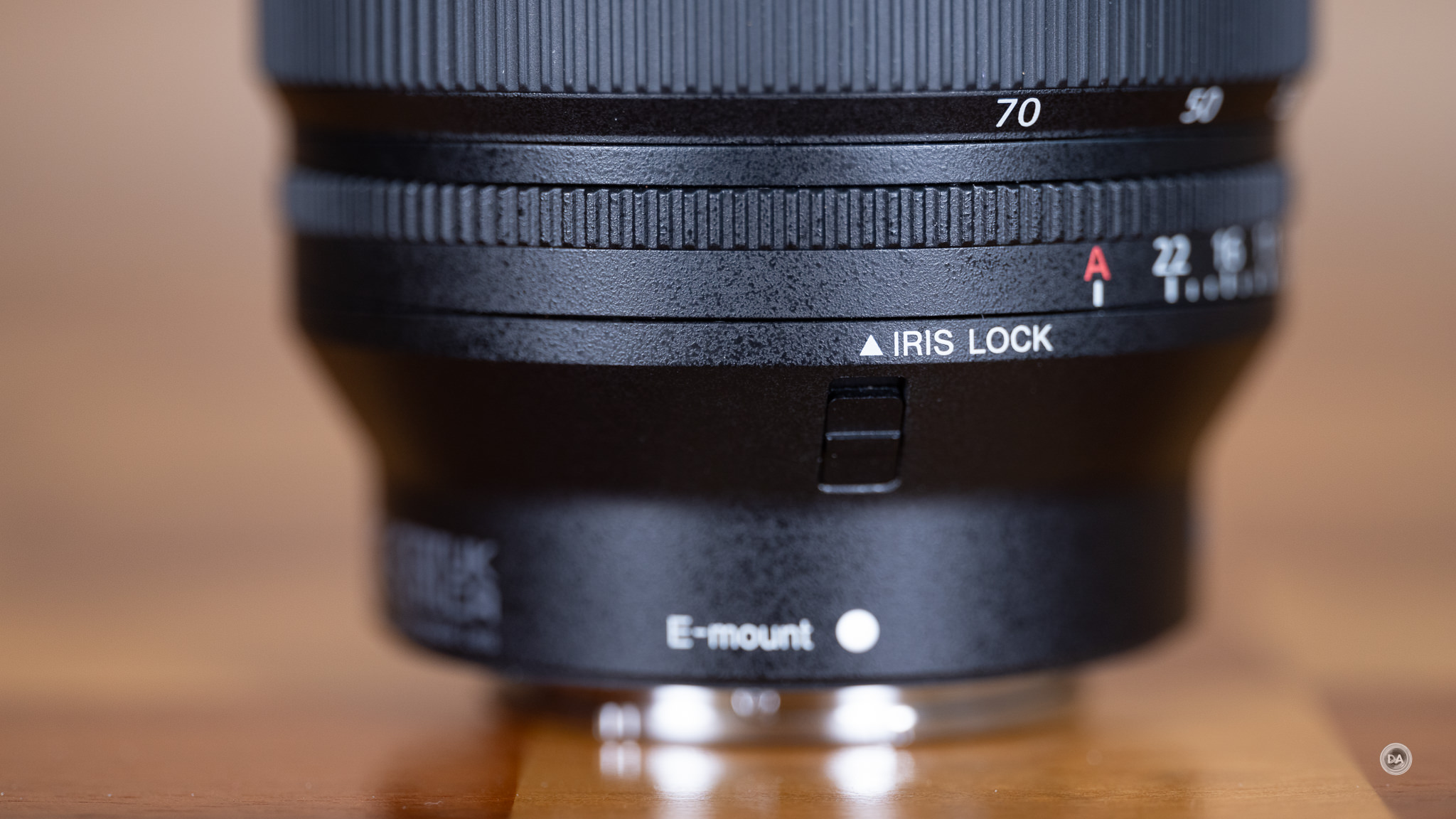
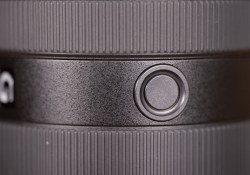
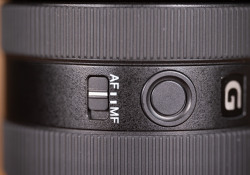


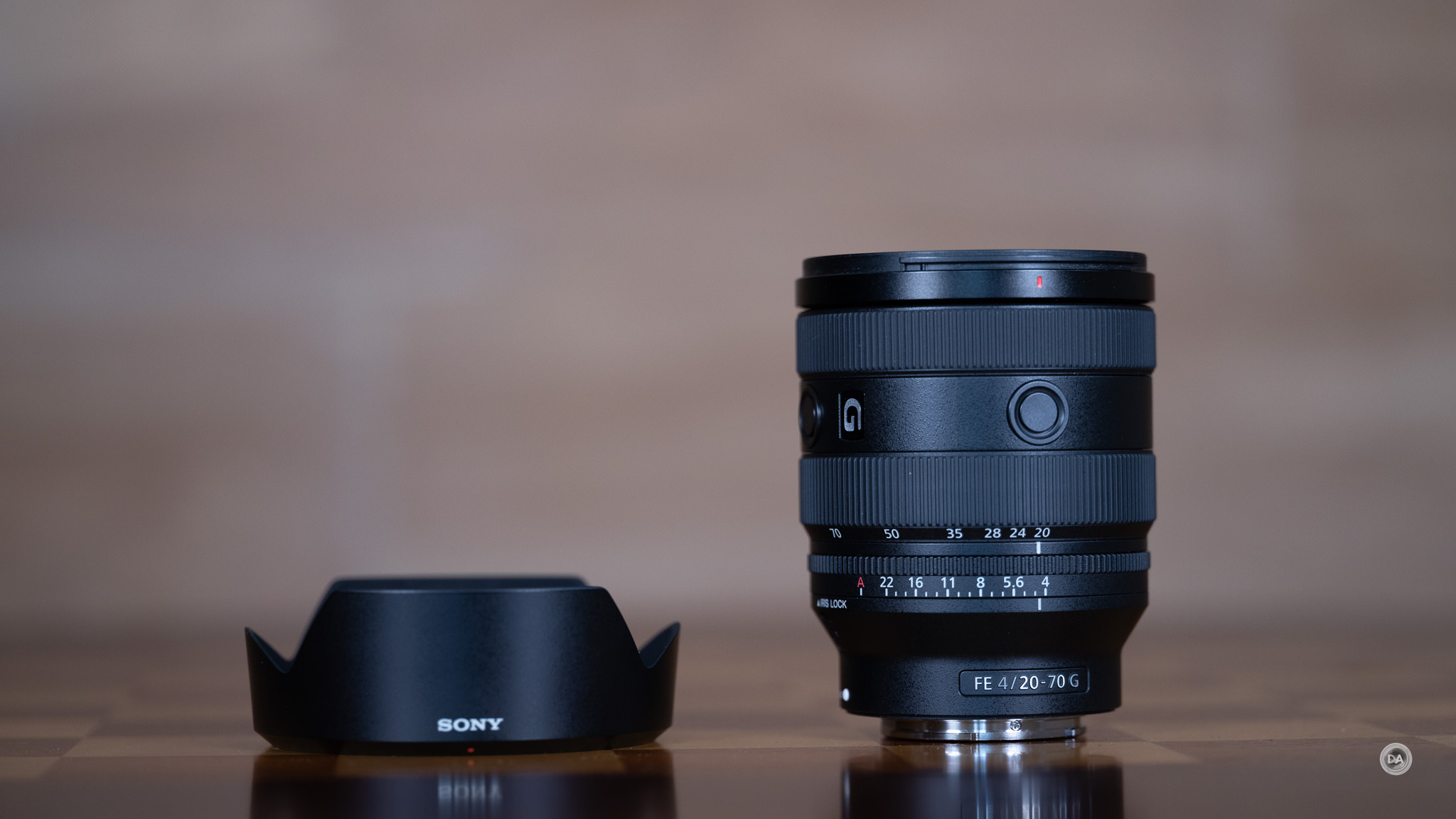
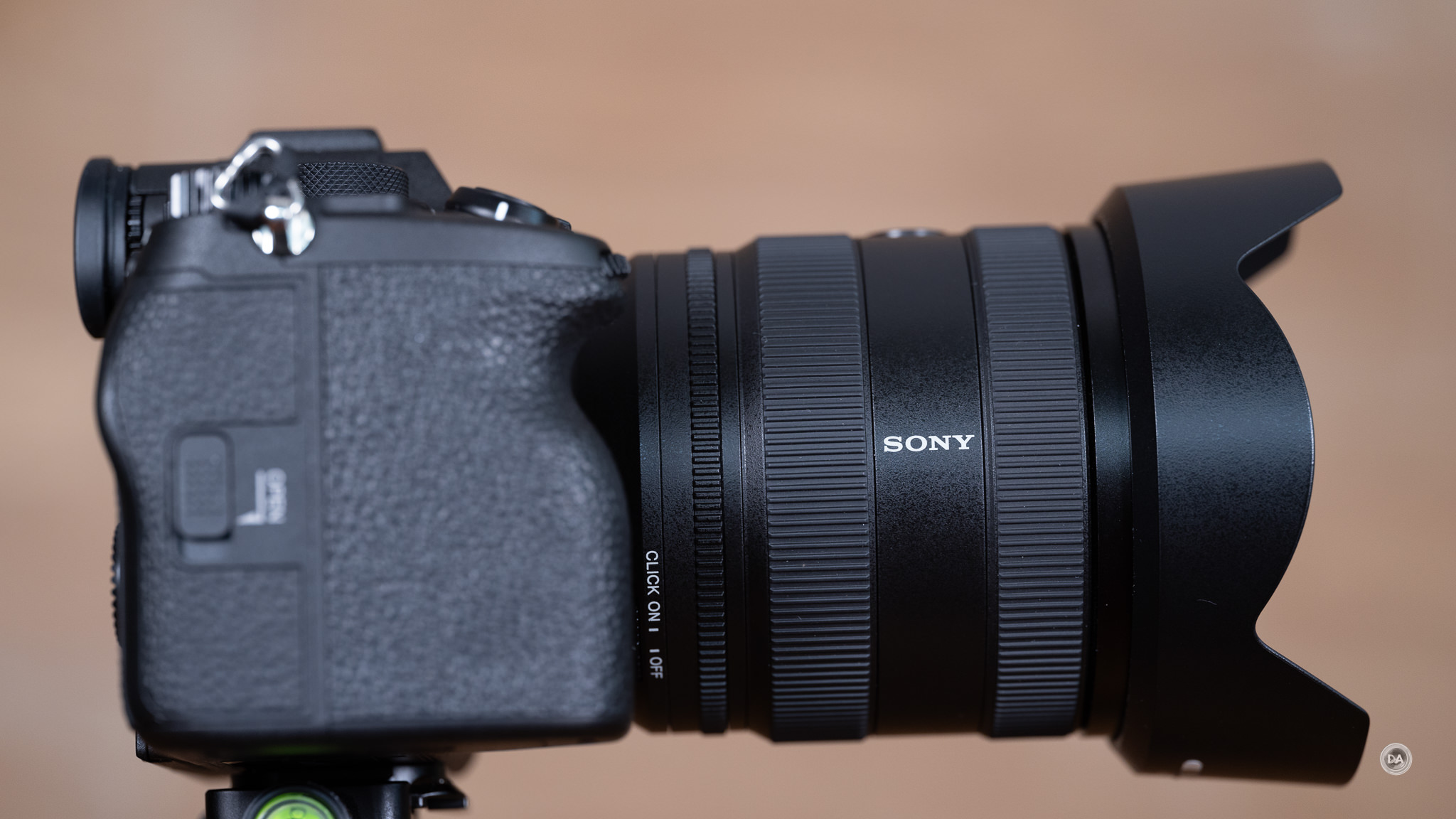
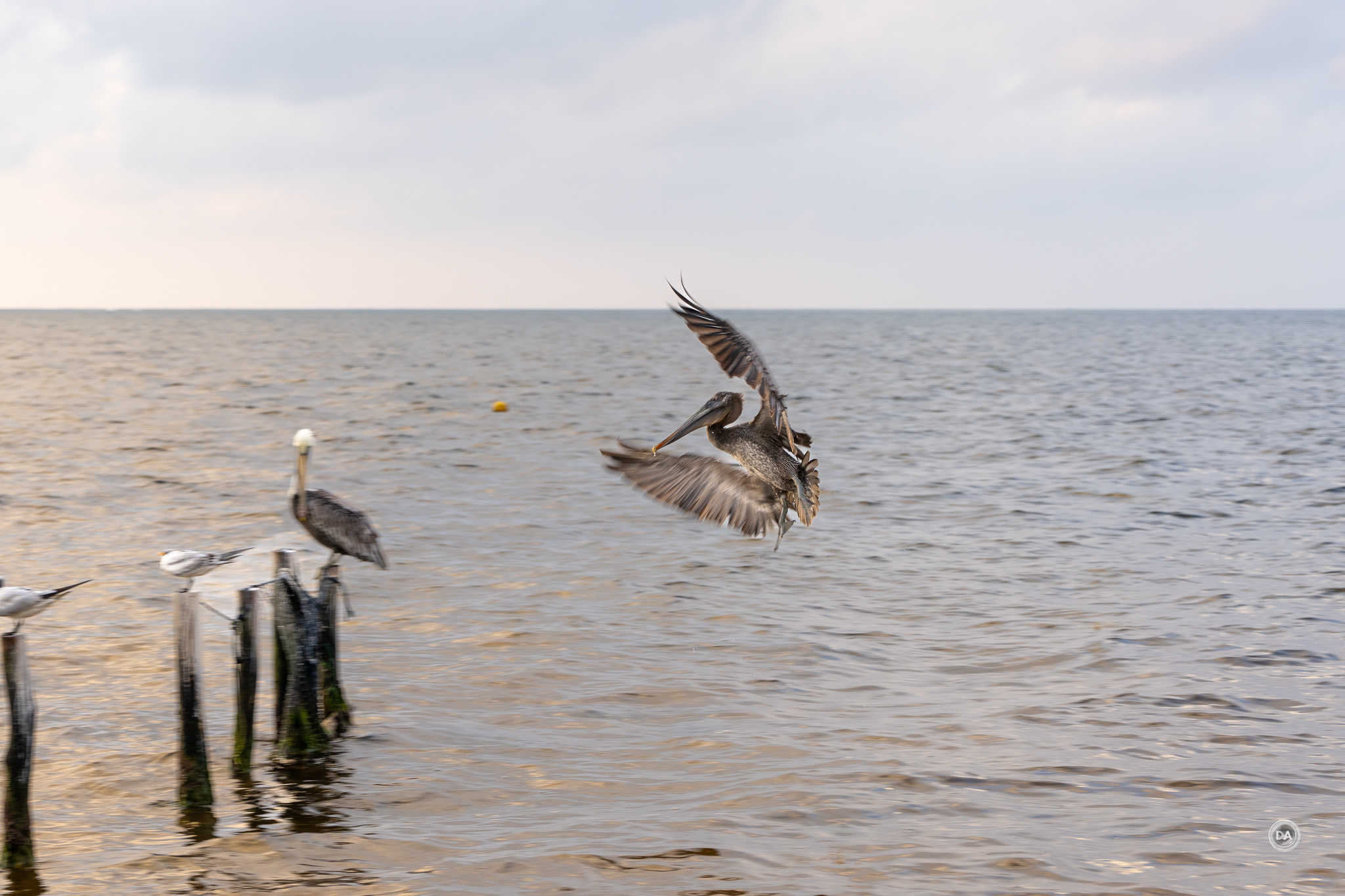




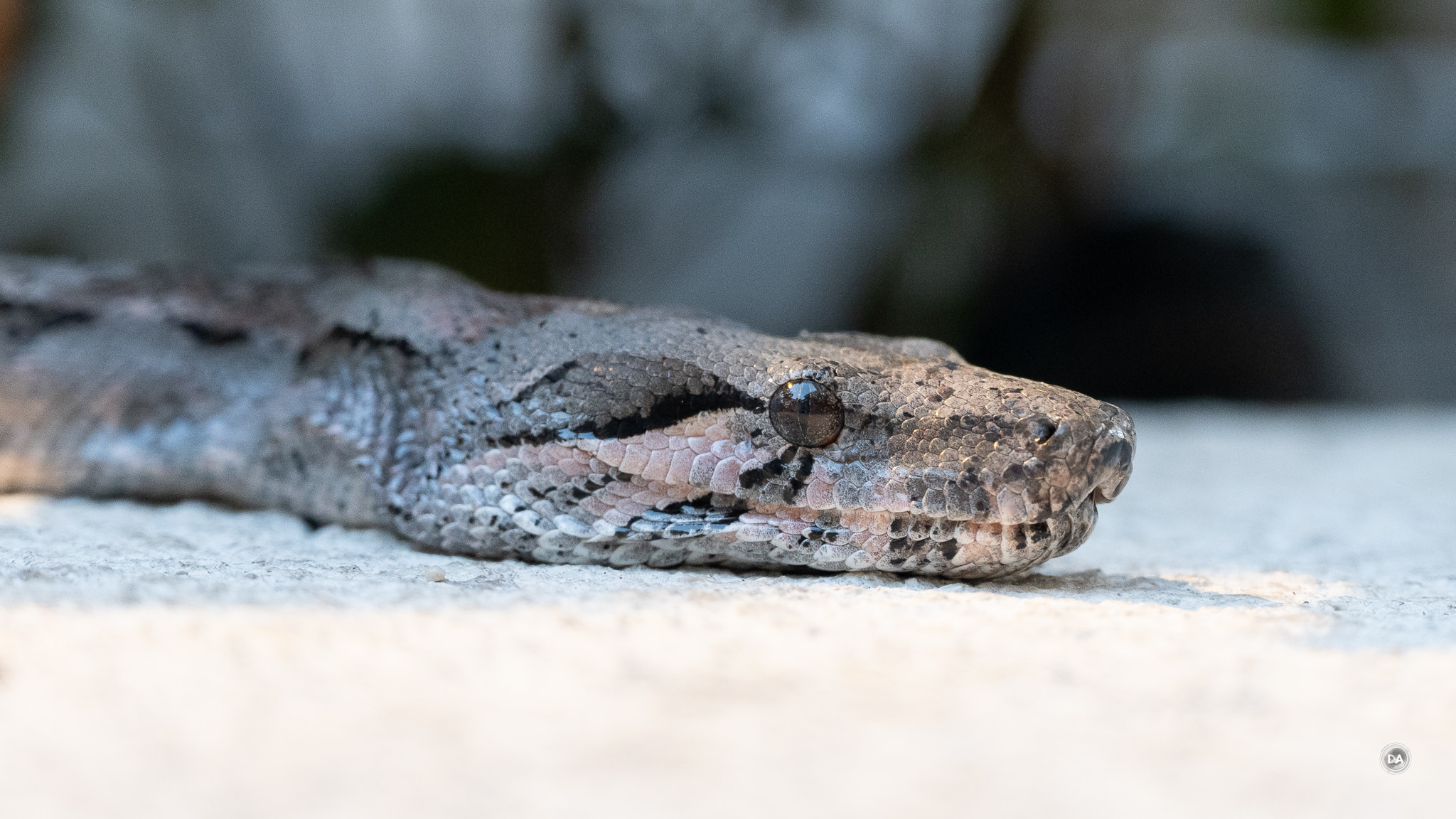



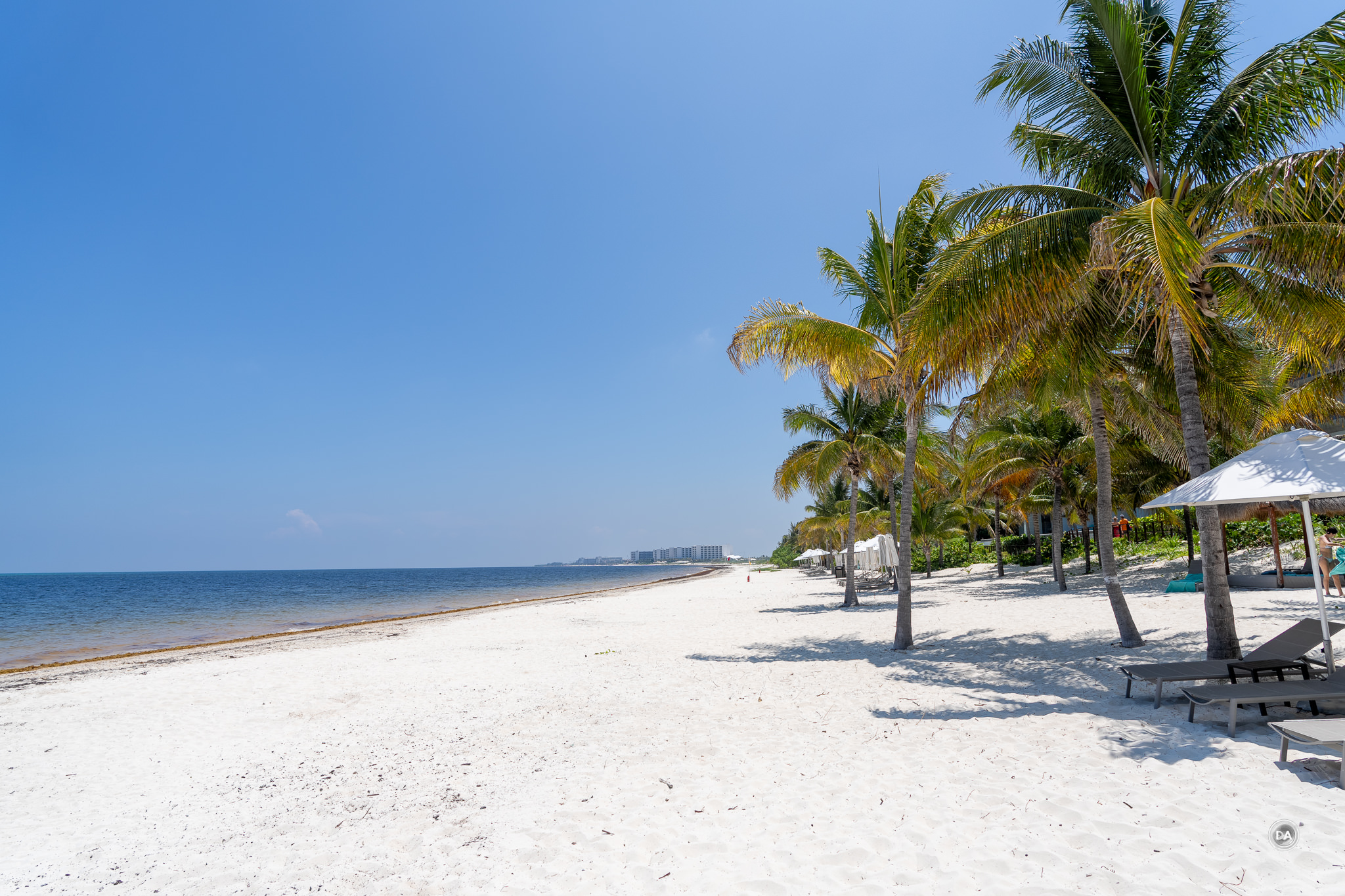
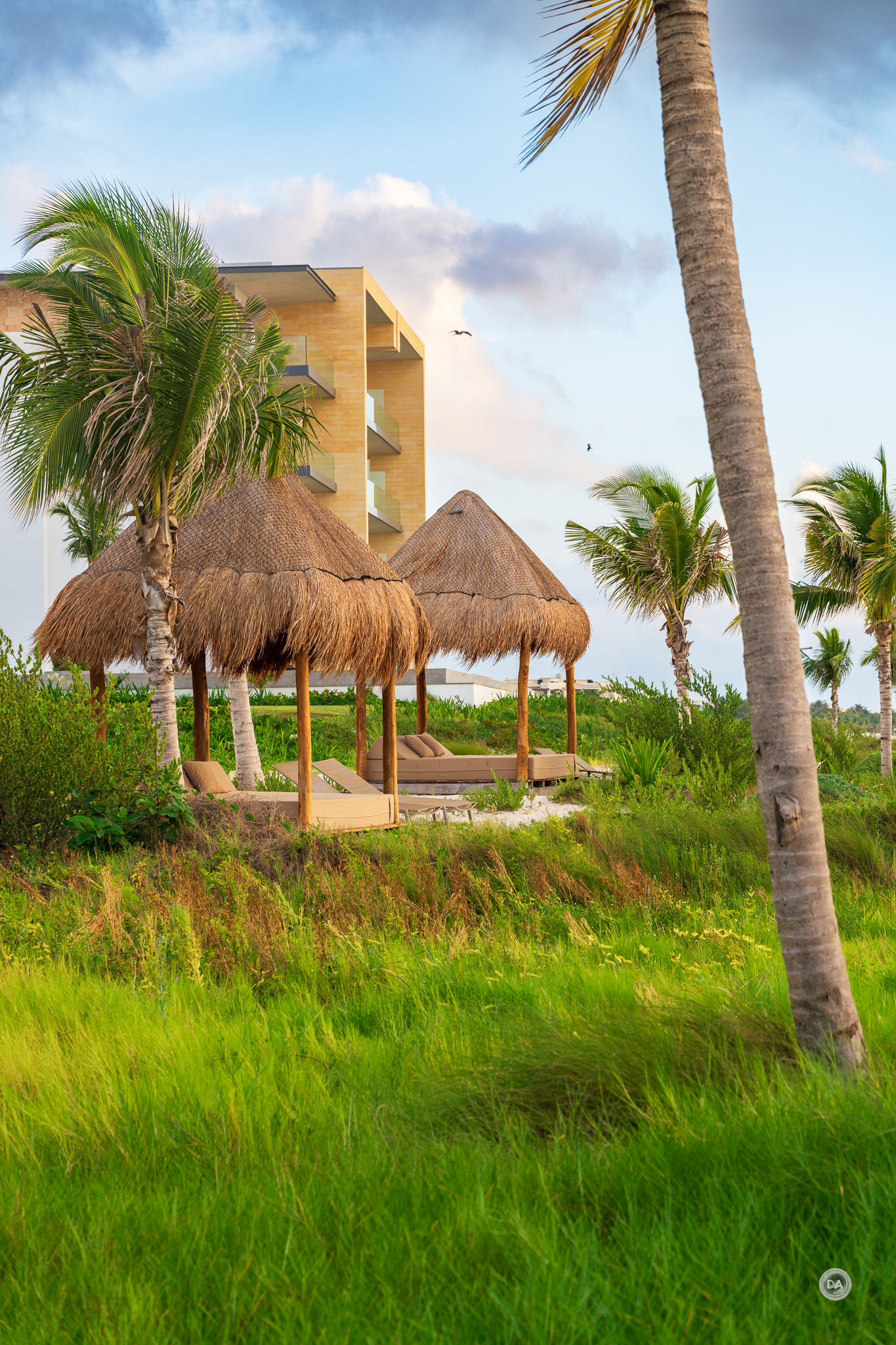
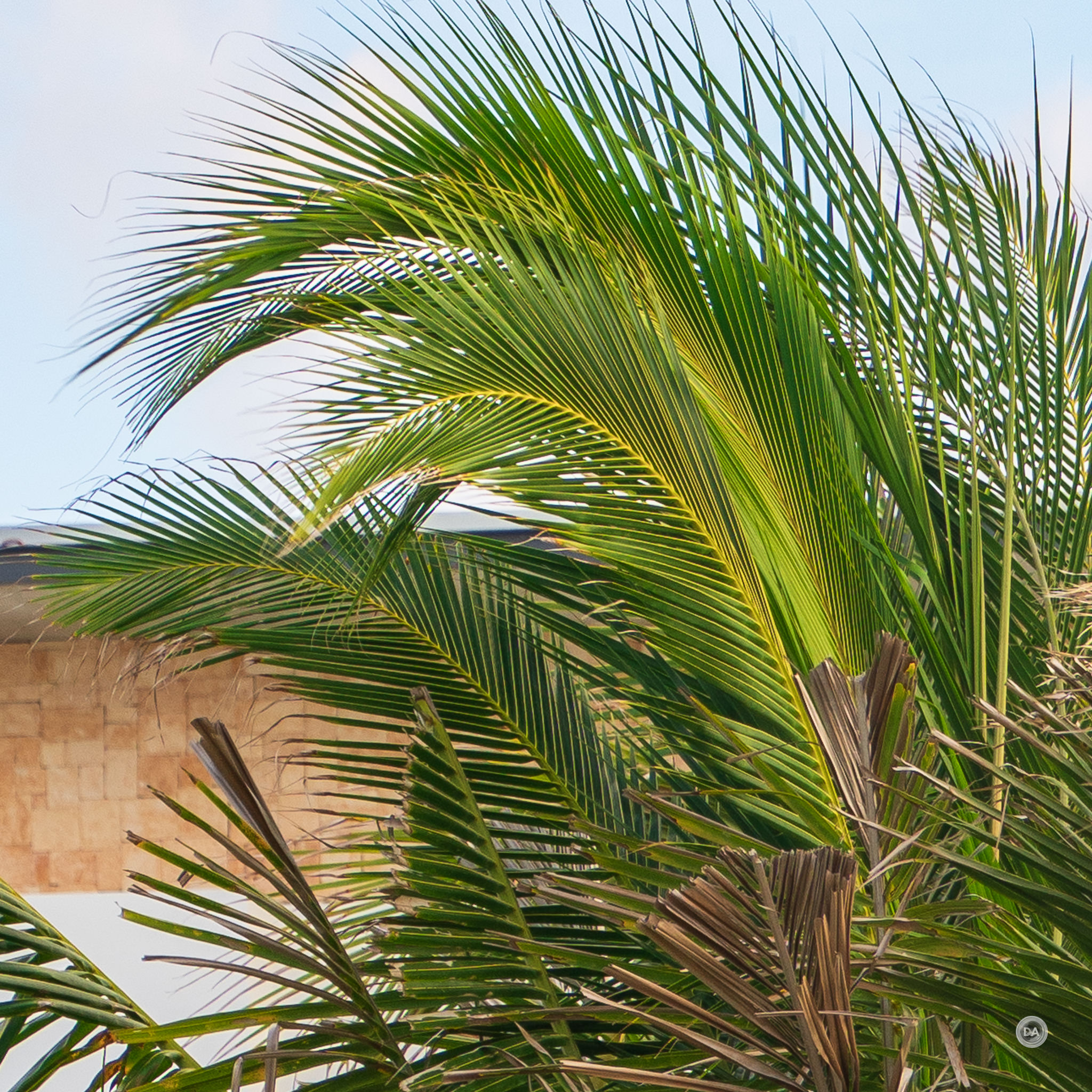

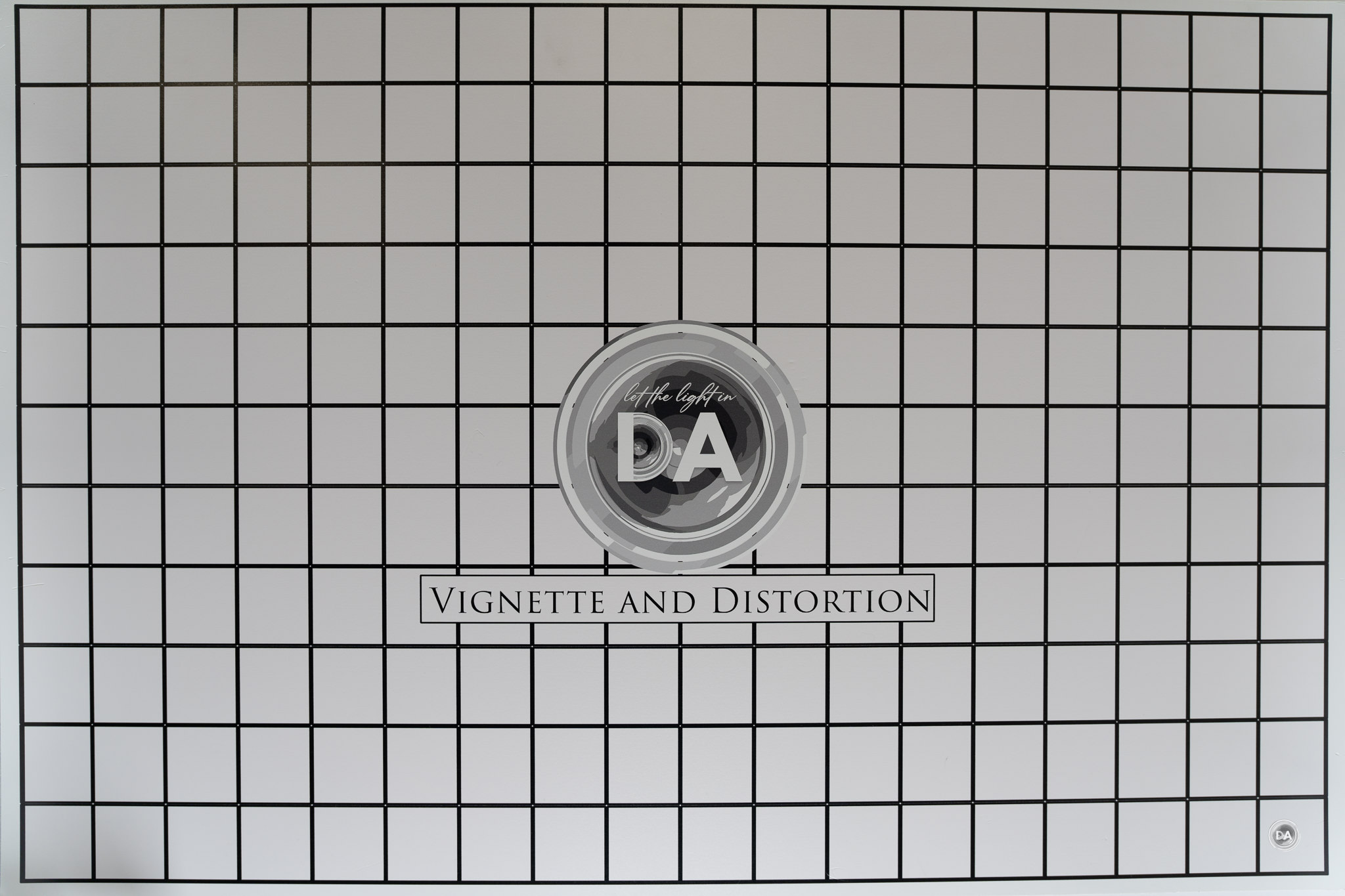
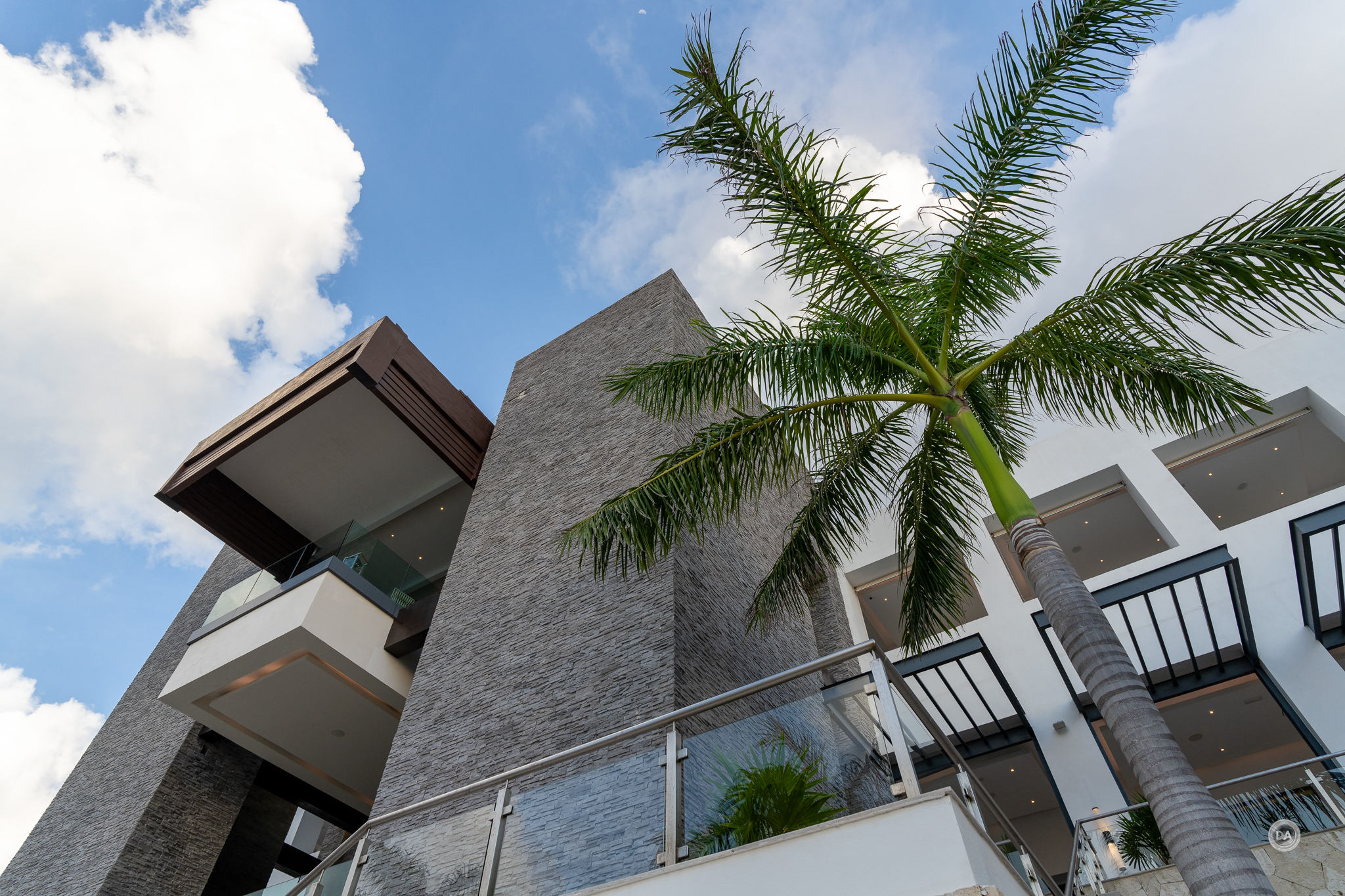








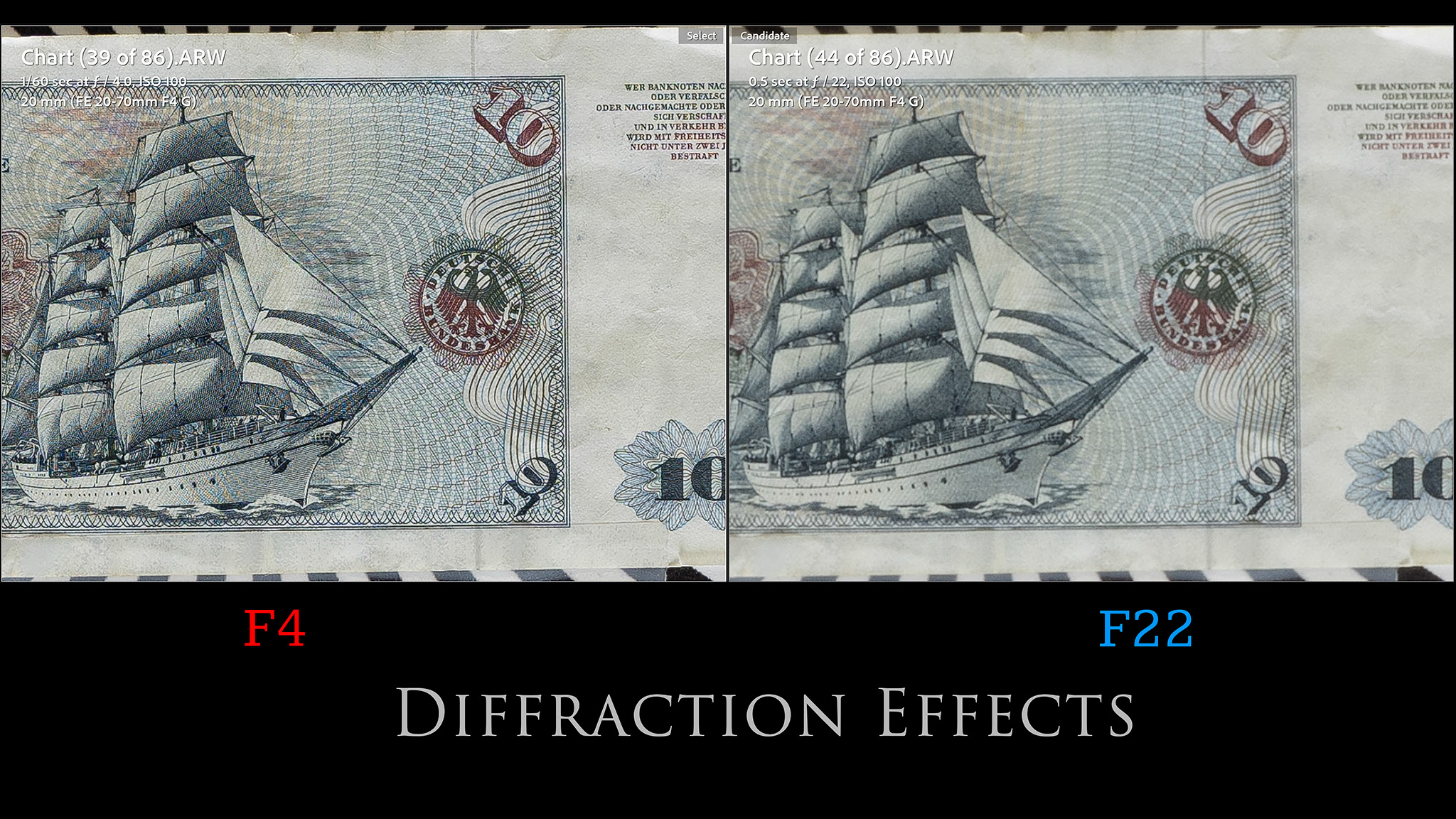
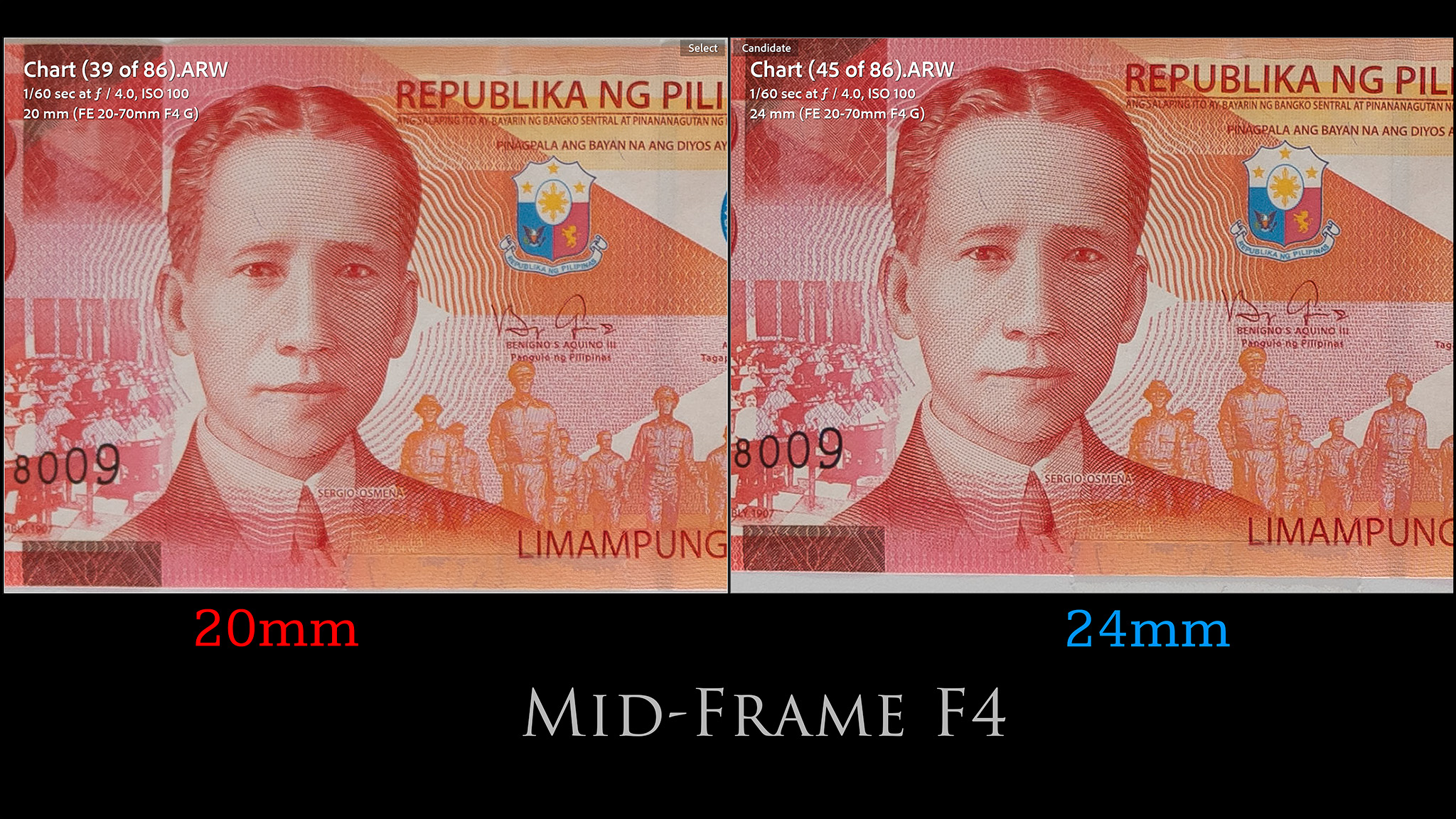
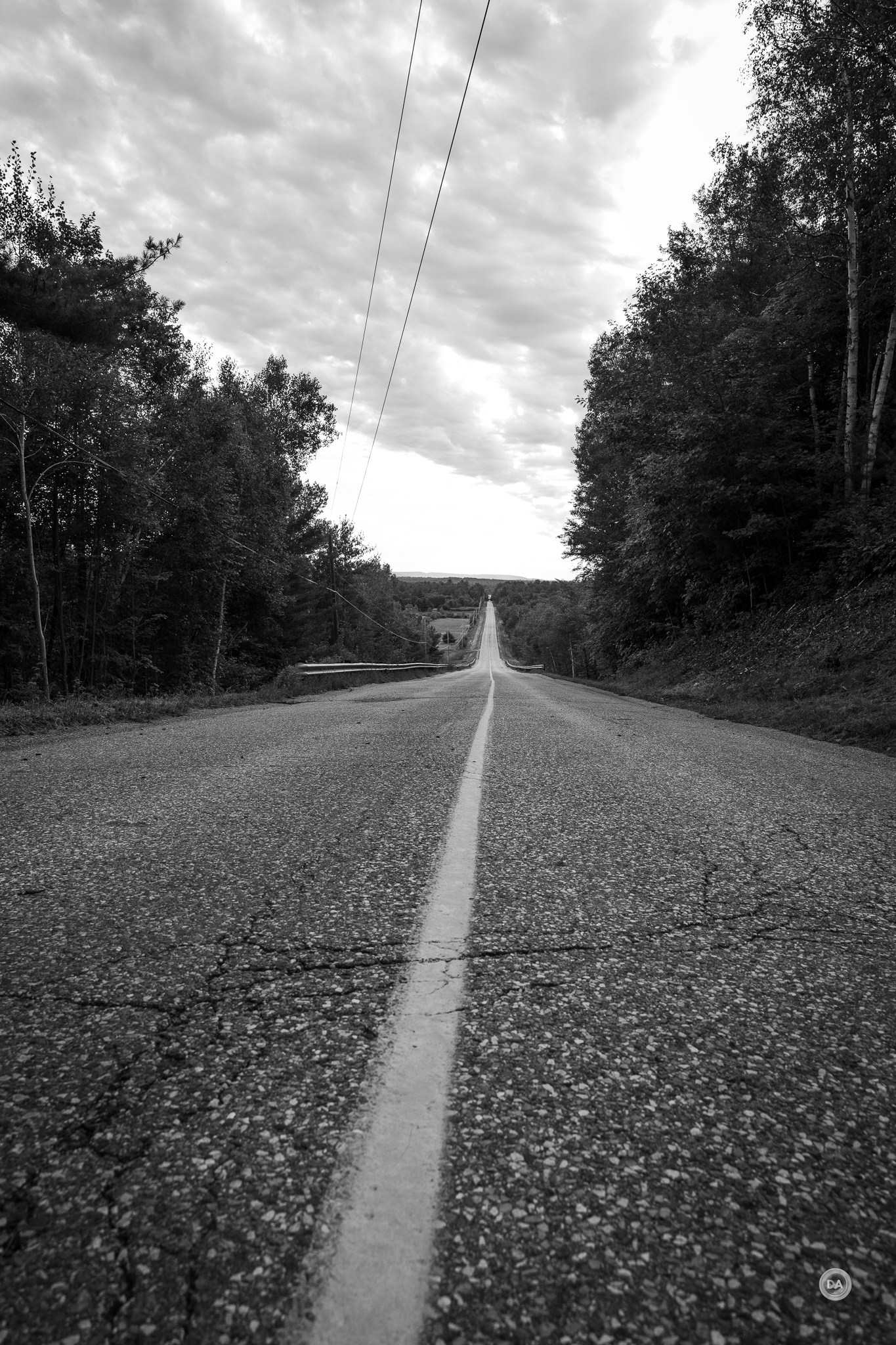
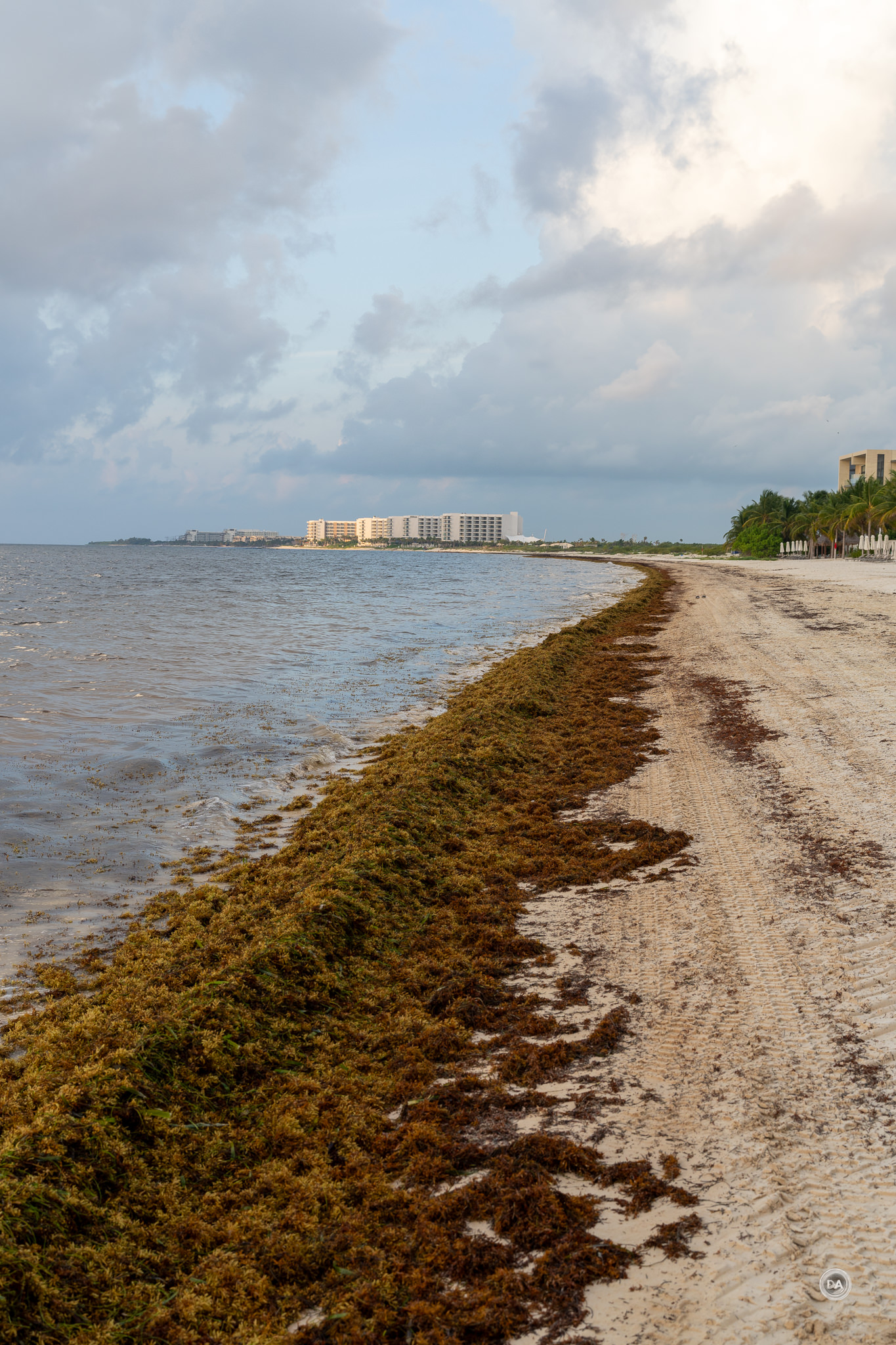
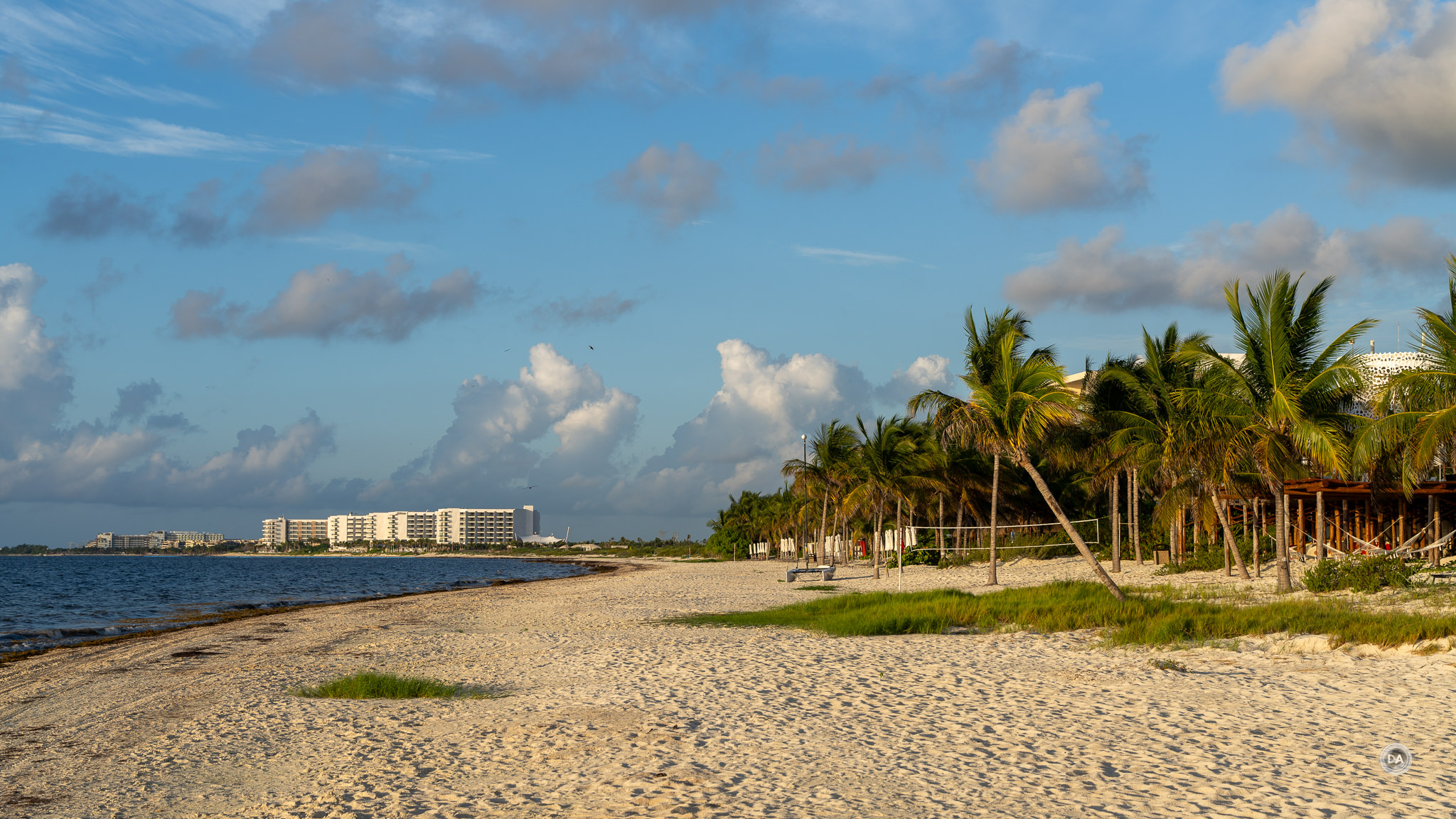
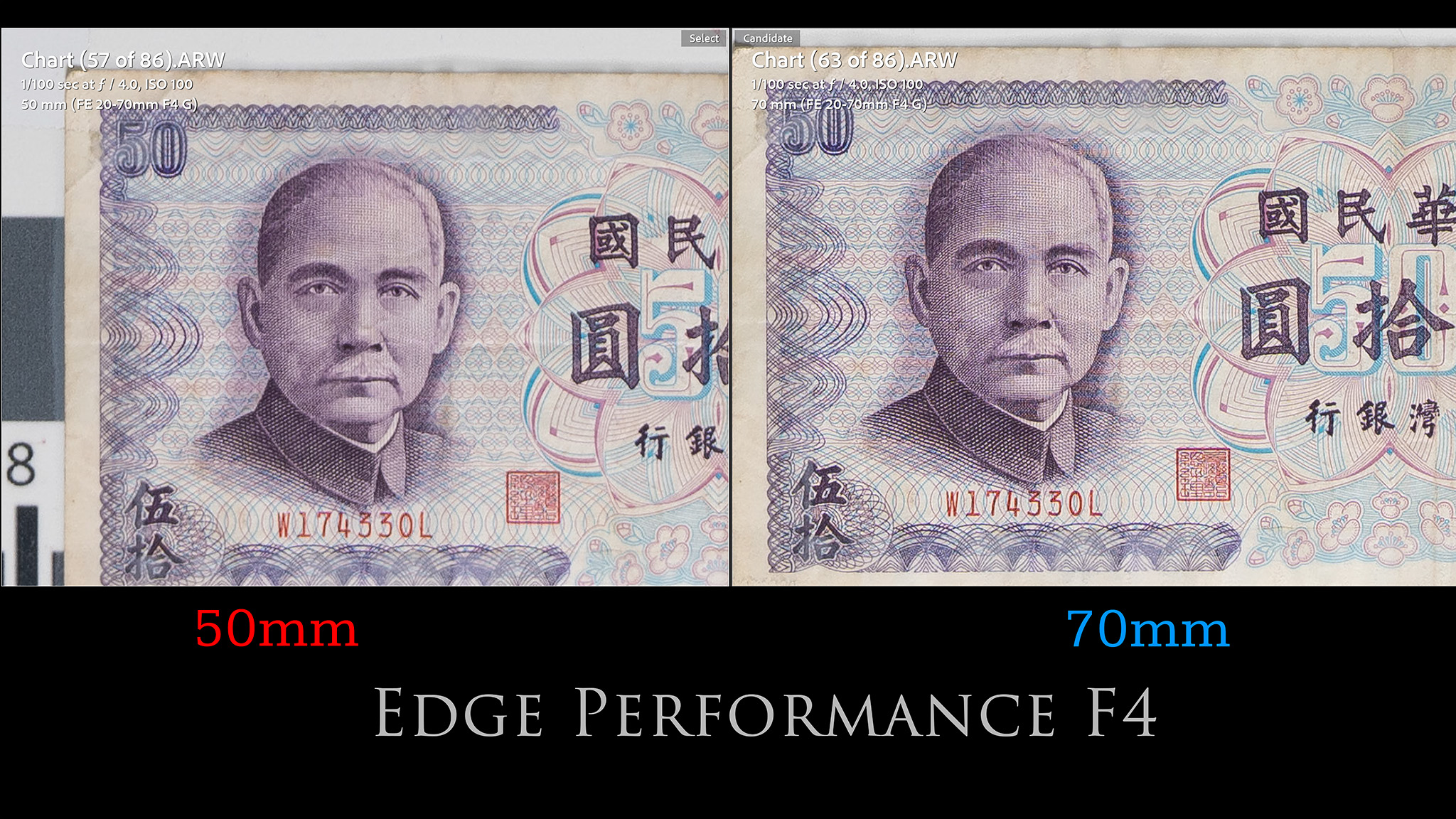

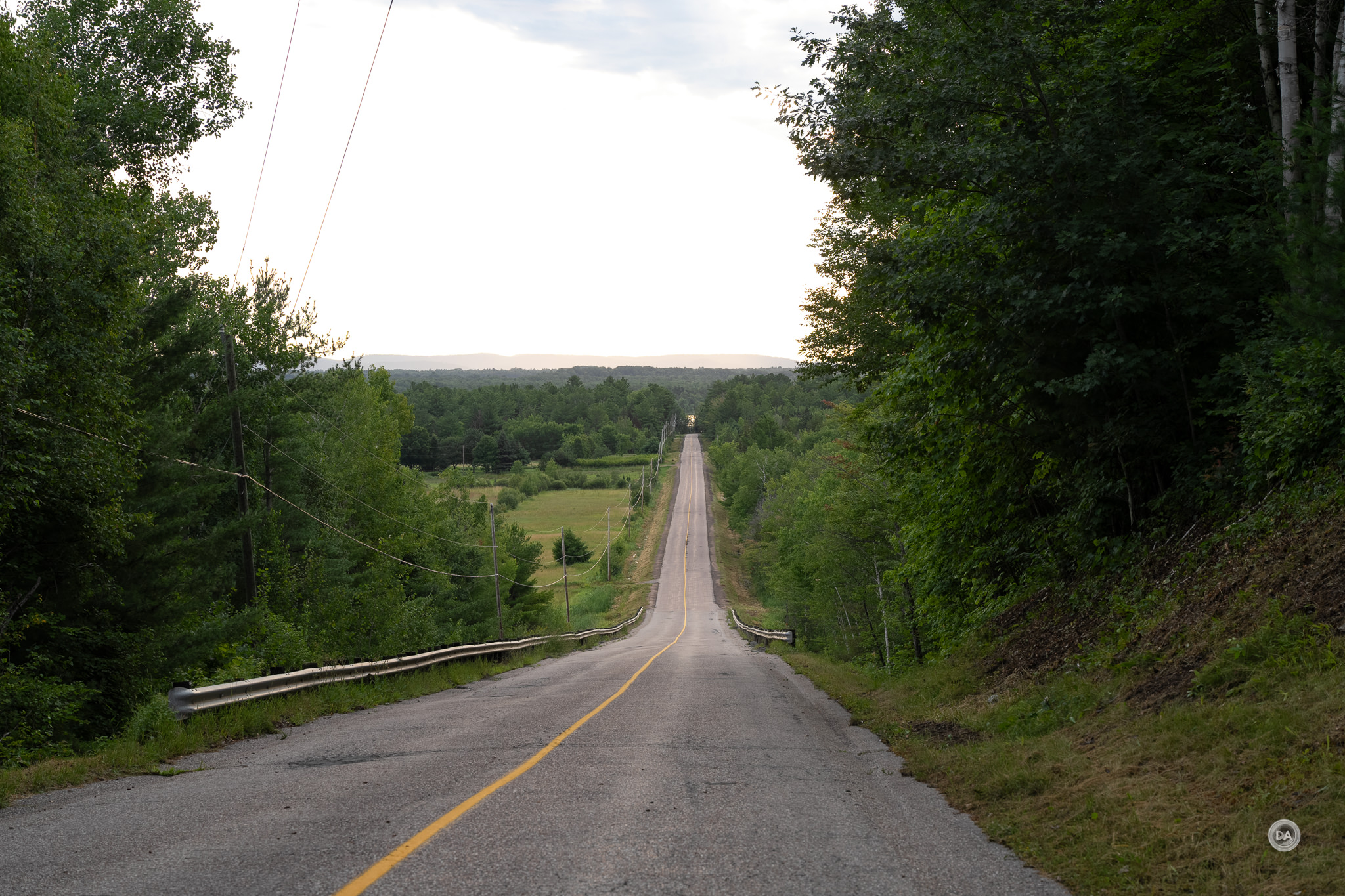
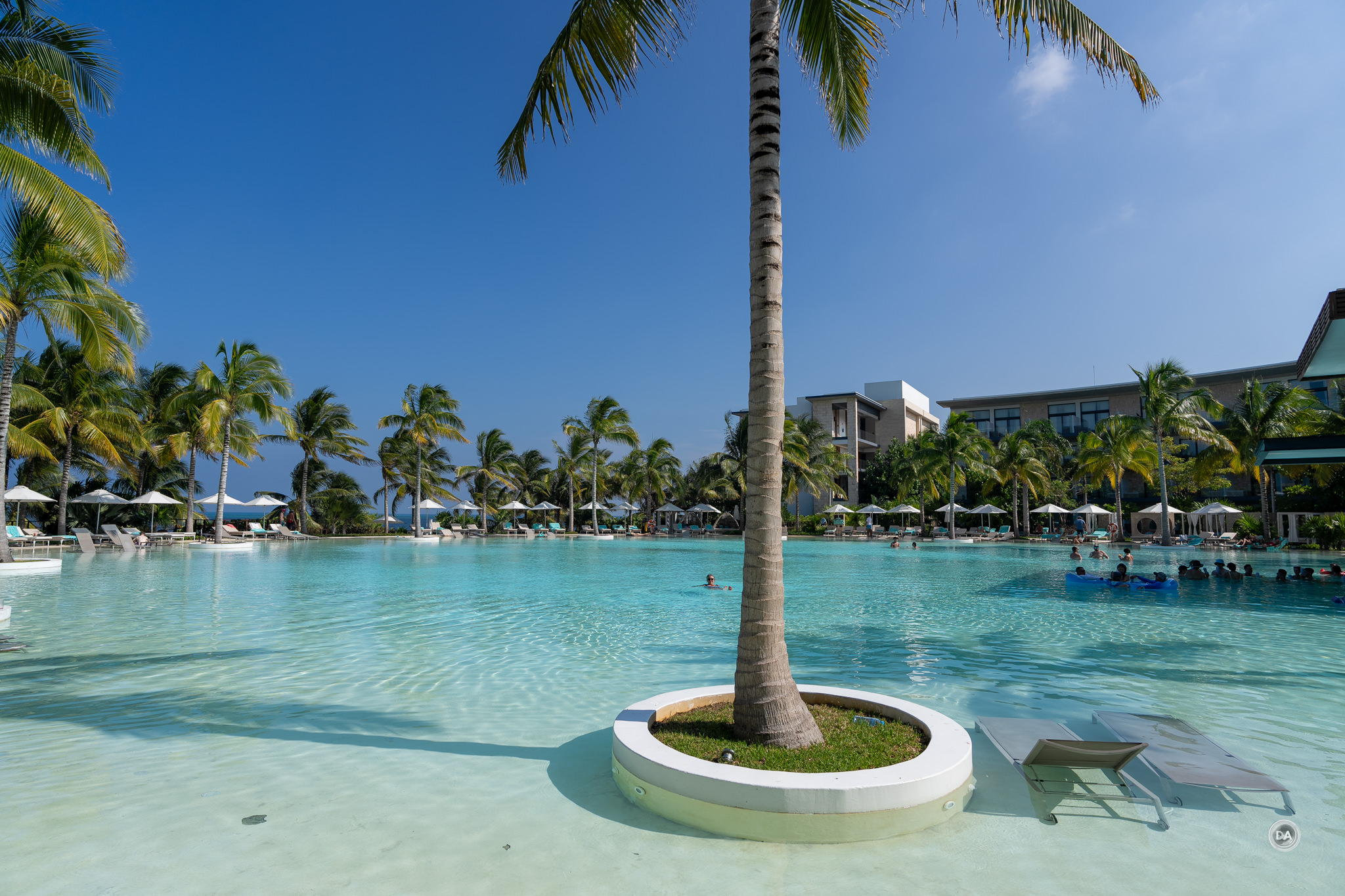
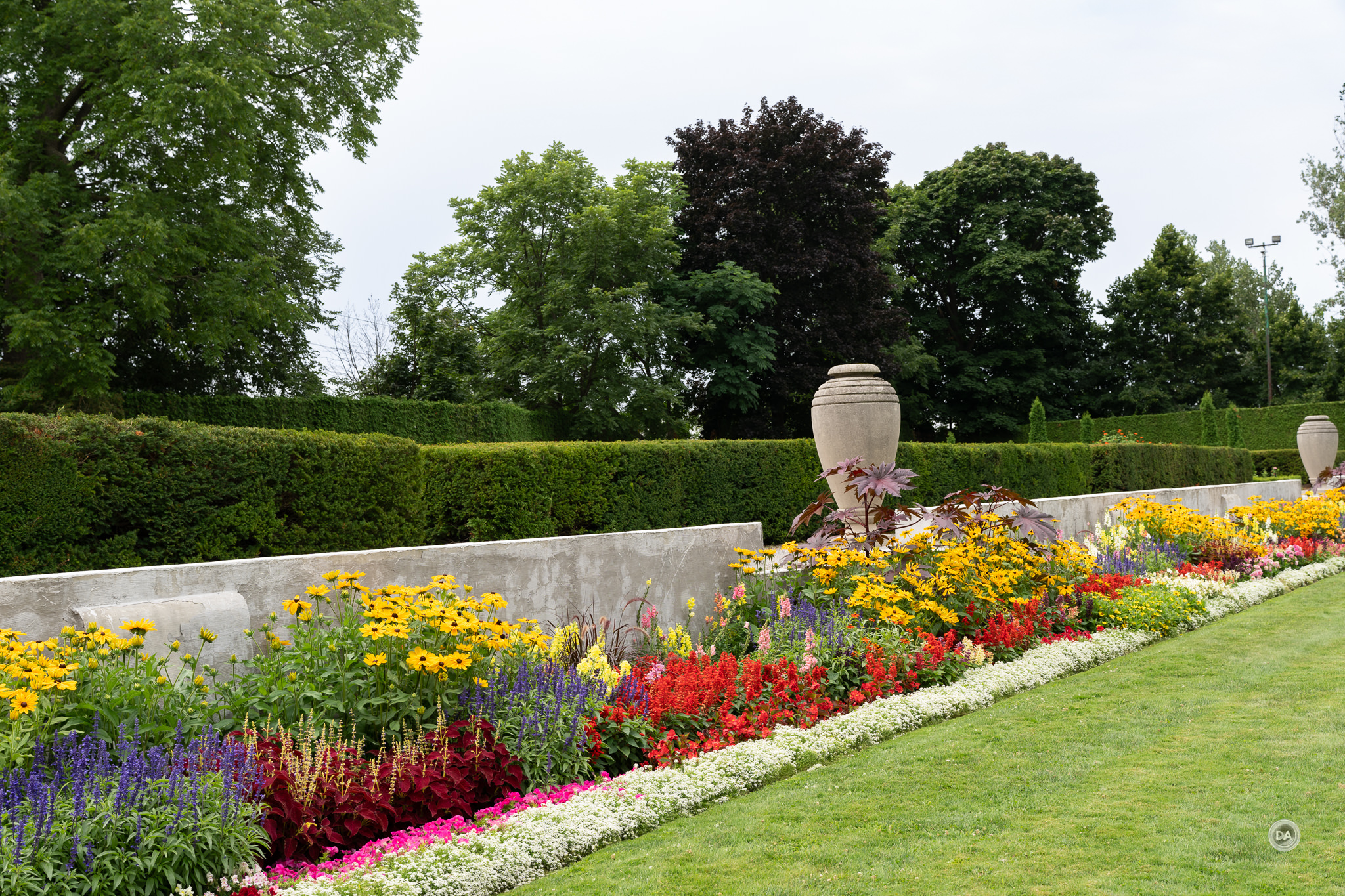


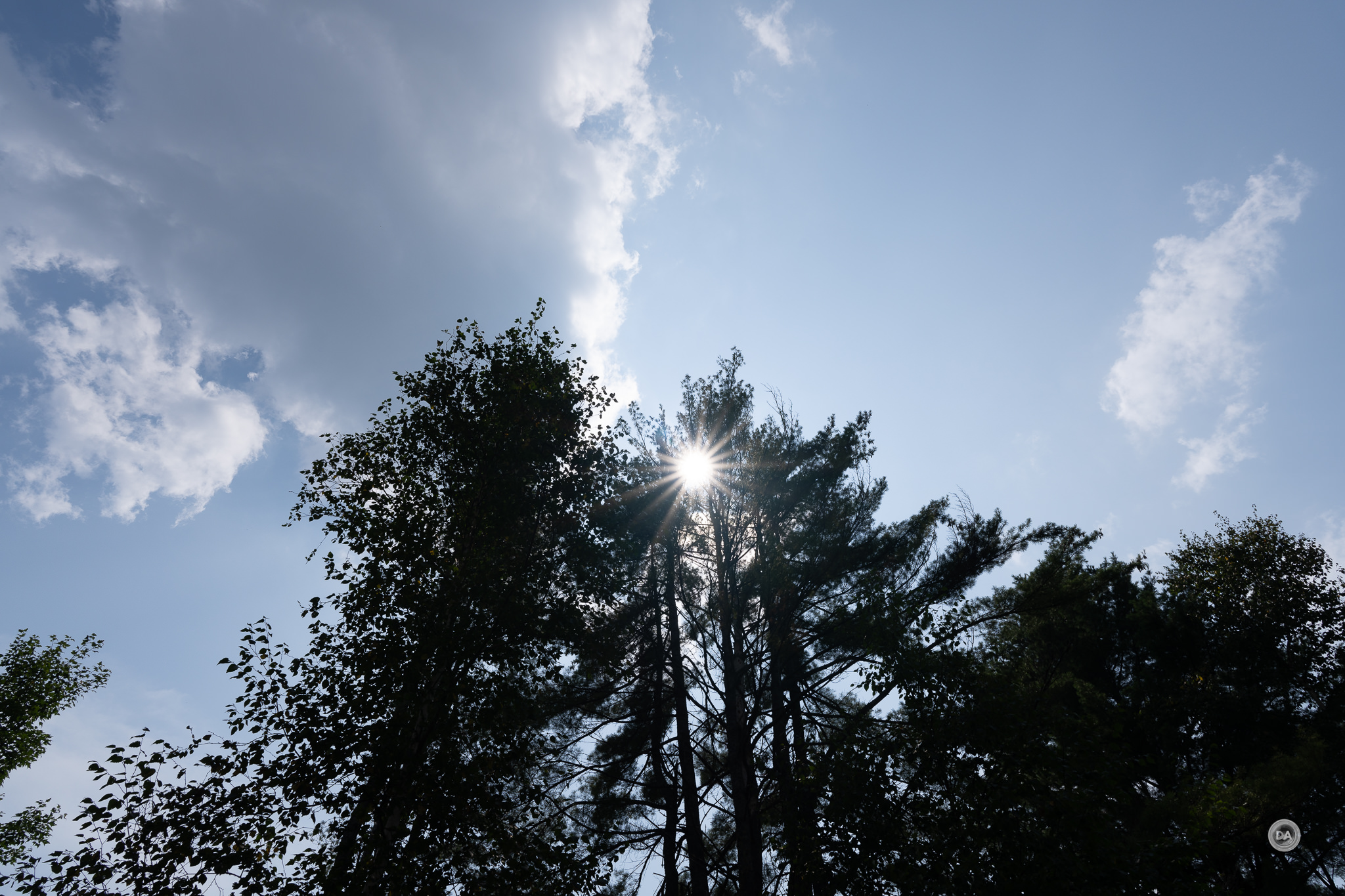



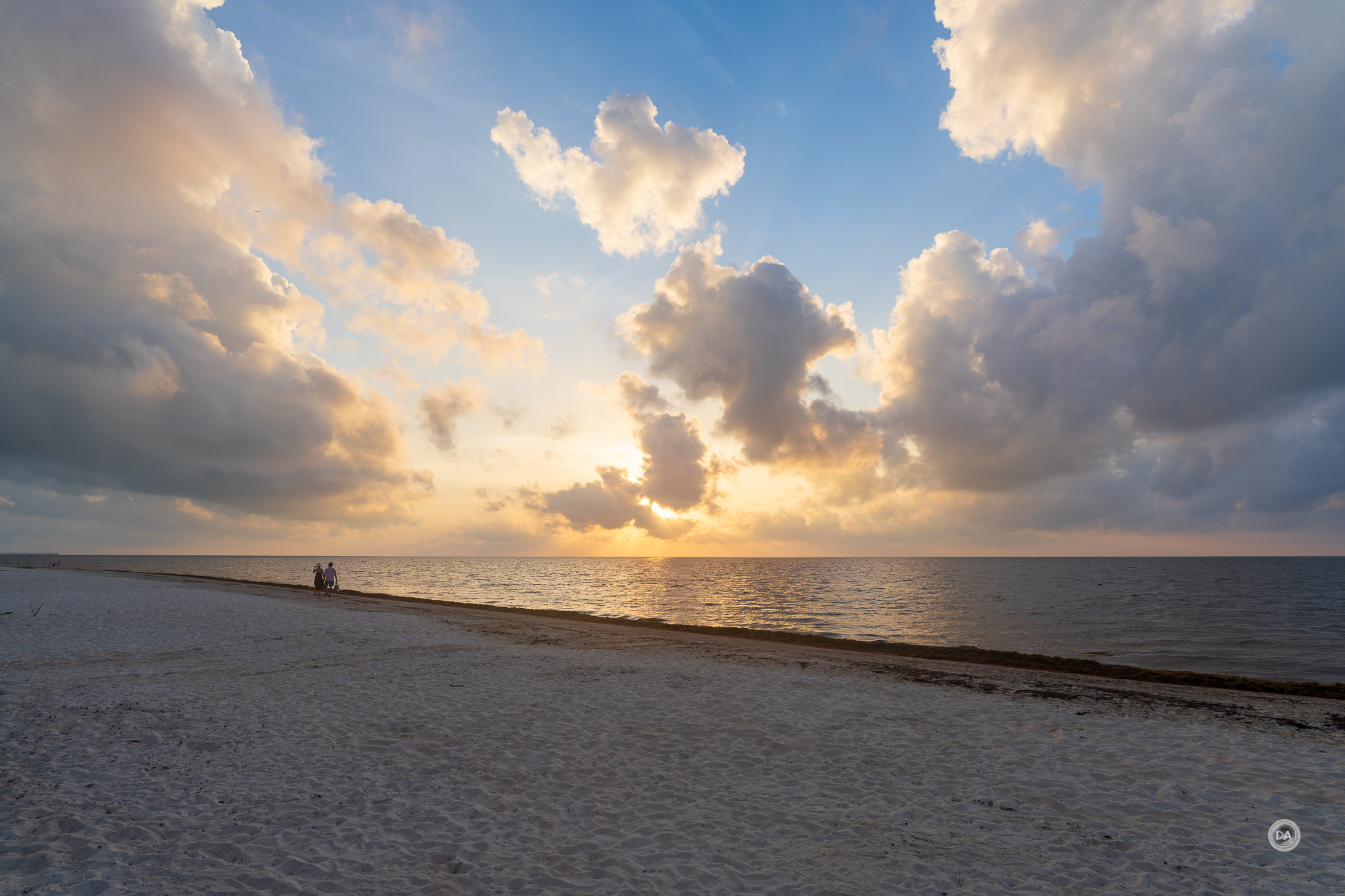
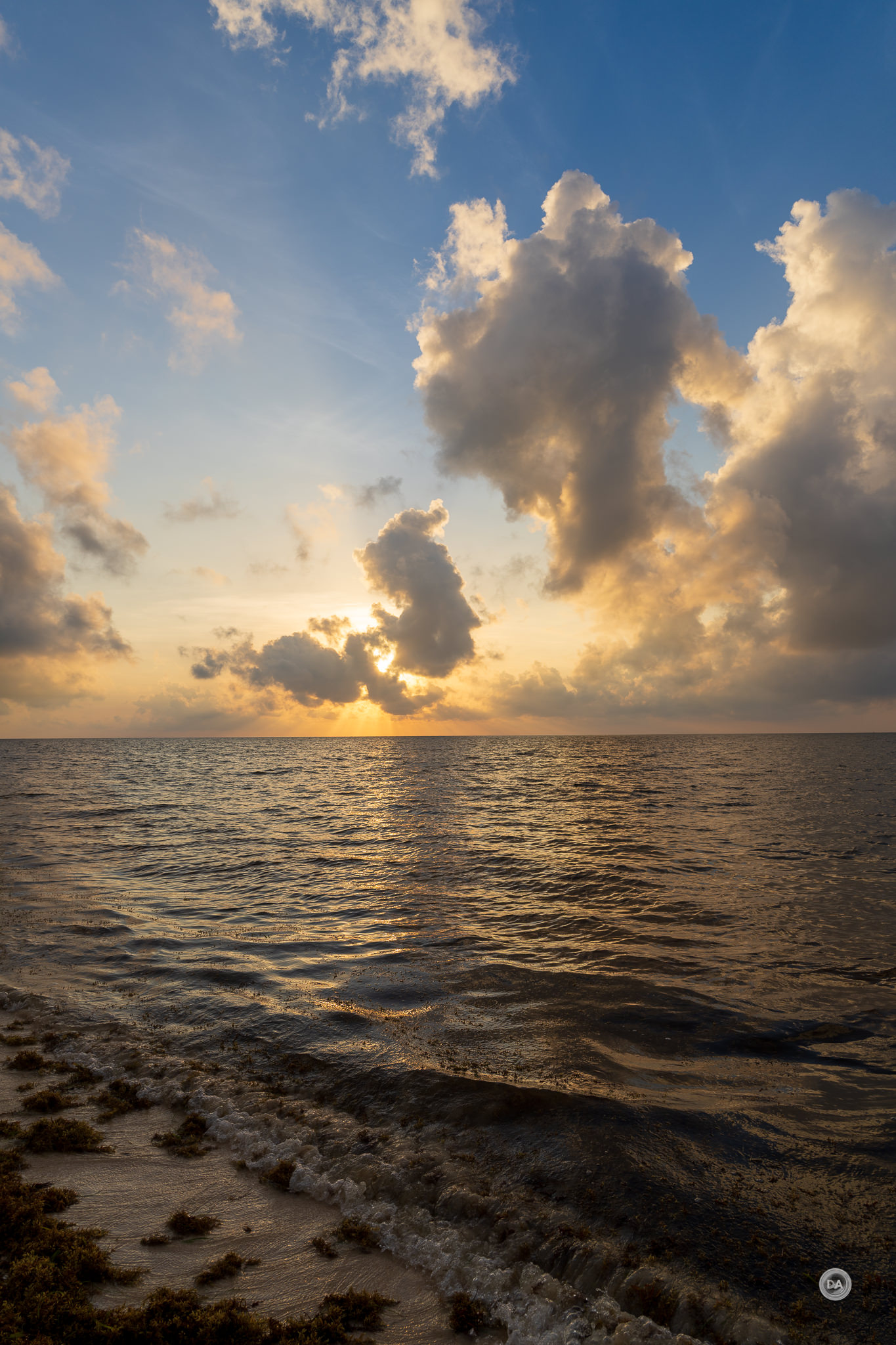
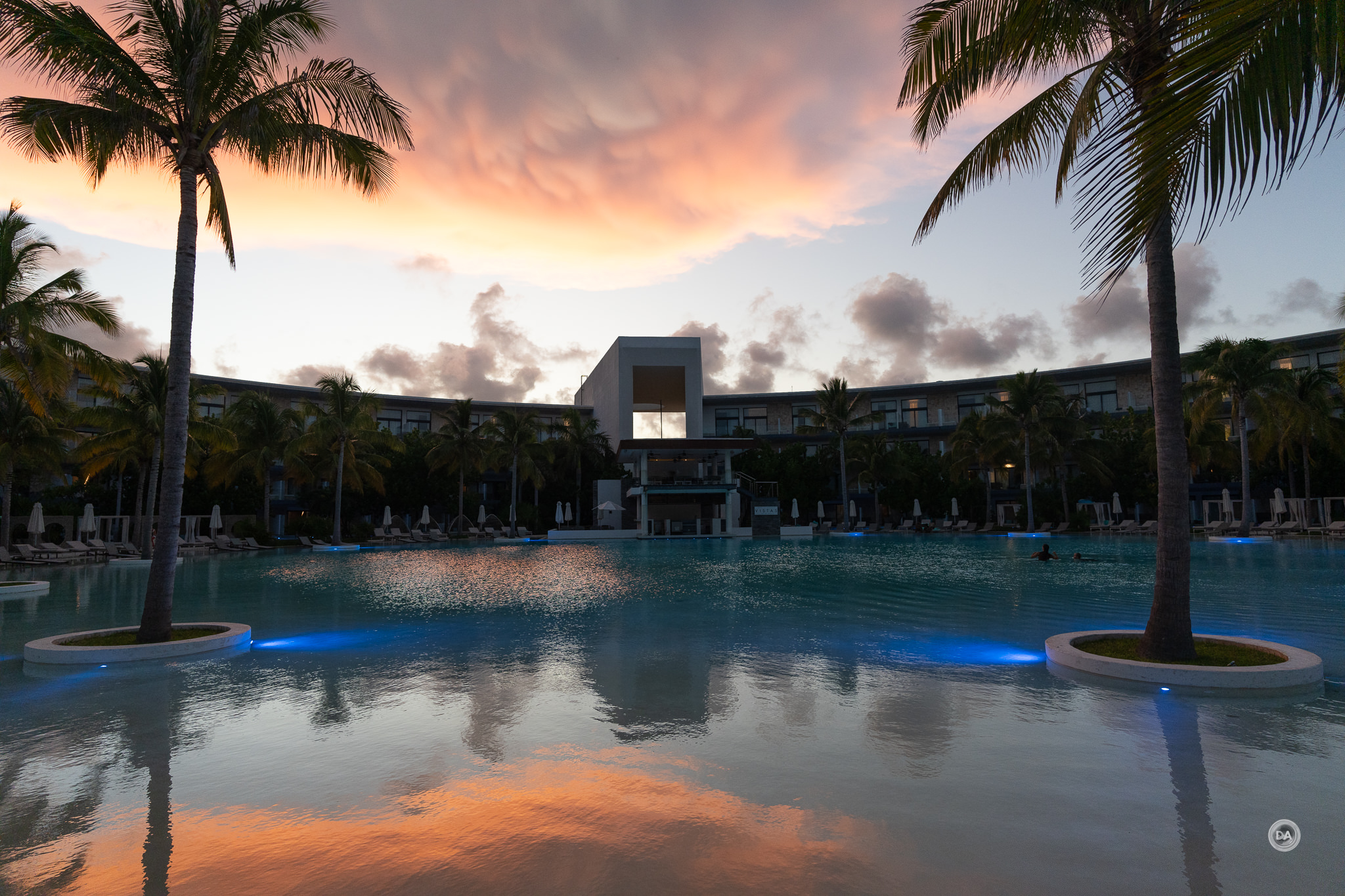
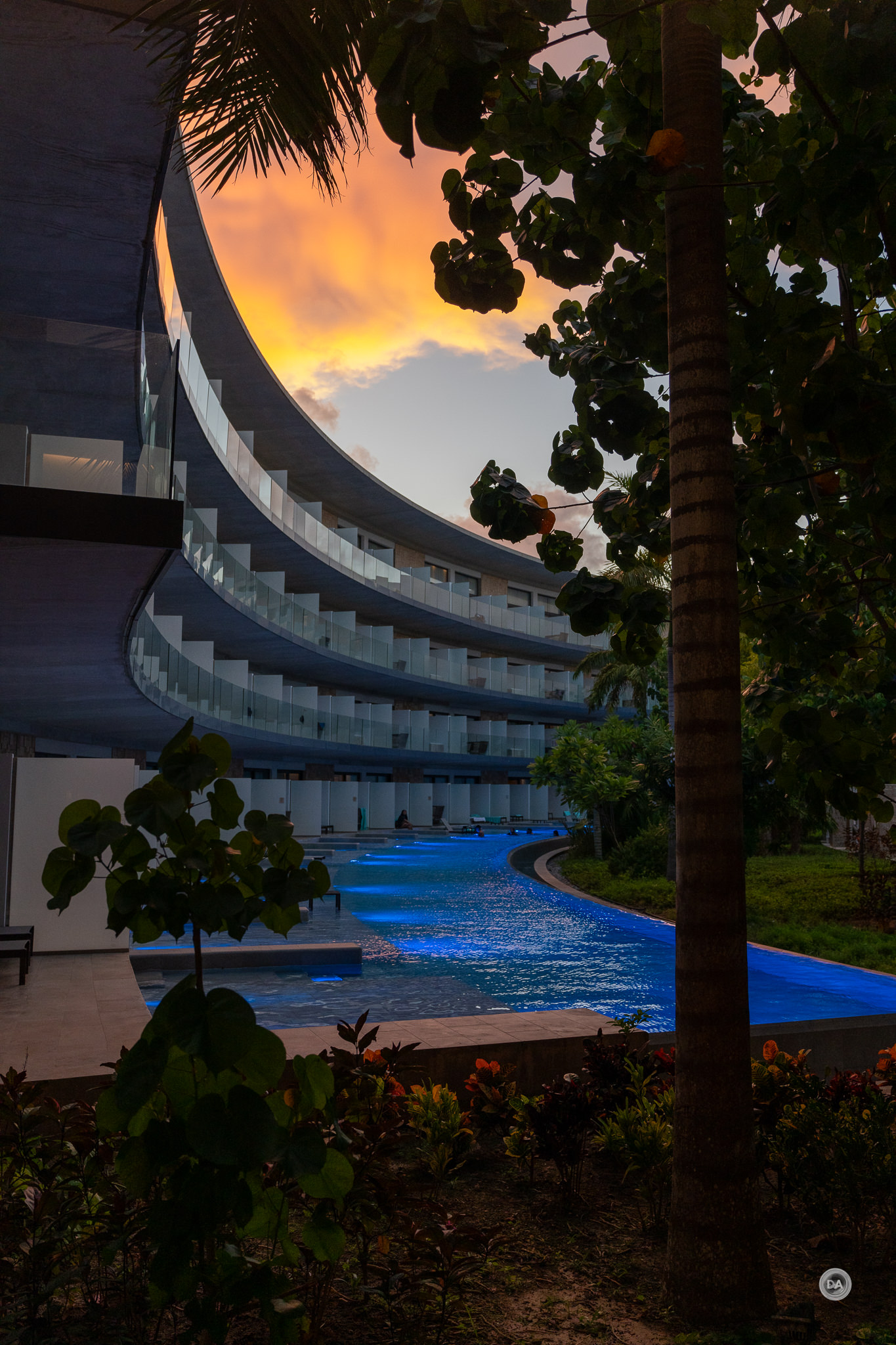

 GOOVIS ART Head Mounted Display Review
GOOVIS ART Head Mounted Display Review 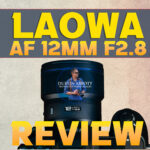 Laowa AF 12mm F2.8 Zero D Review (Z-Mount)
Laowa AF 12mm F2.8 Zero D Review (Z-Mount)  Nikkor Z 35mm F1.2 S Review
Nikkor Z 35mm F1.2 S Review  Kase AF 85mm F1.4 Review
Kase AF 85mm F1.4 Review 


